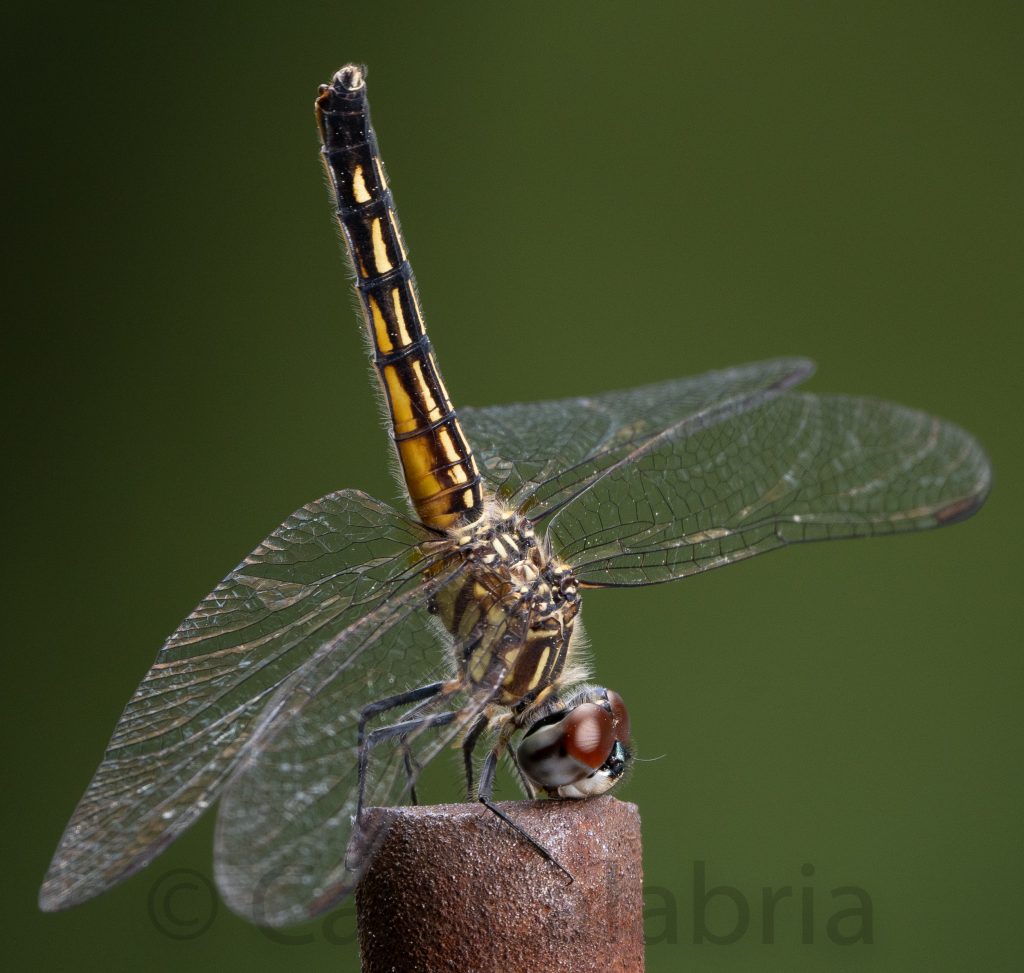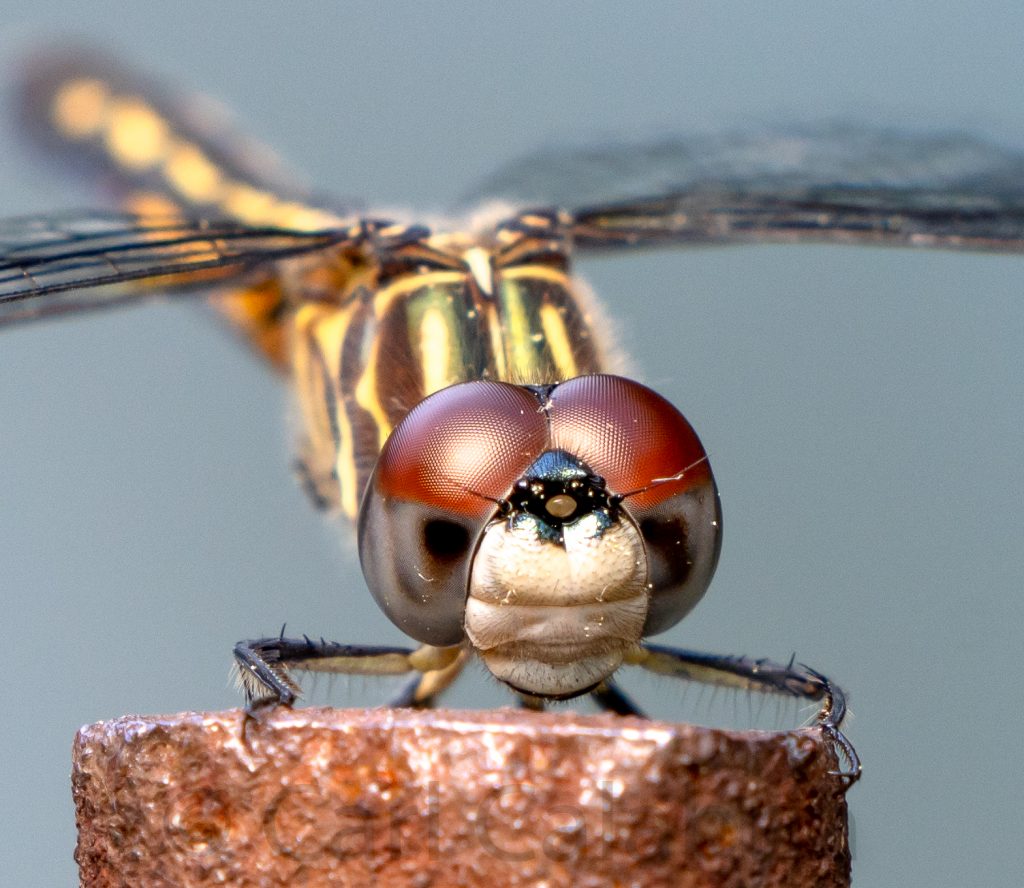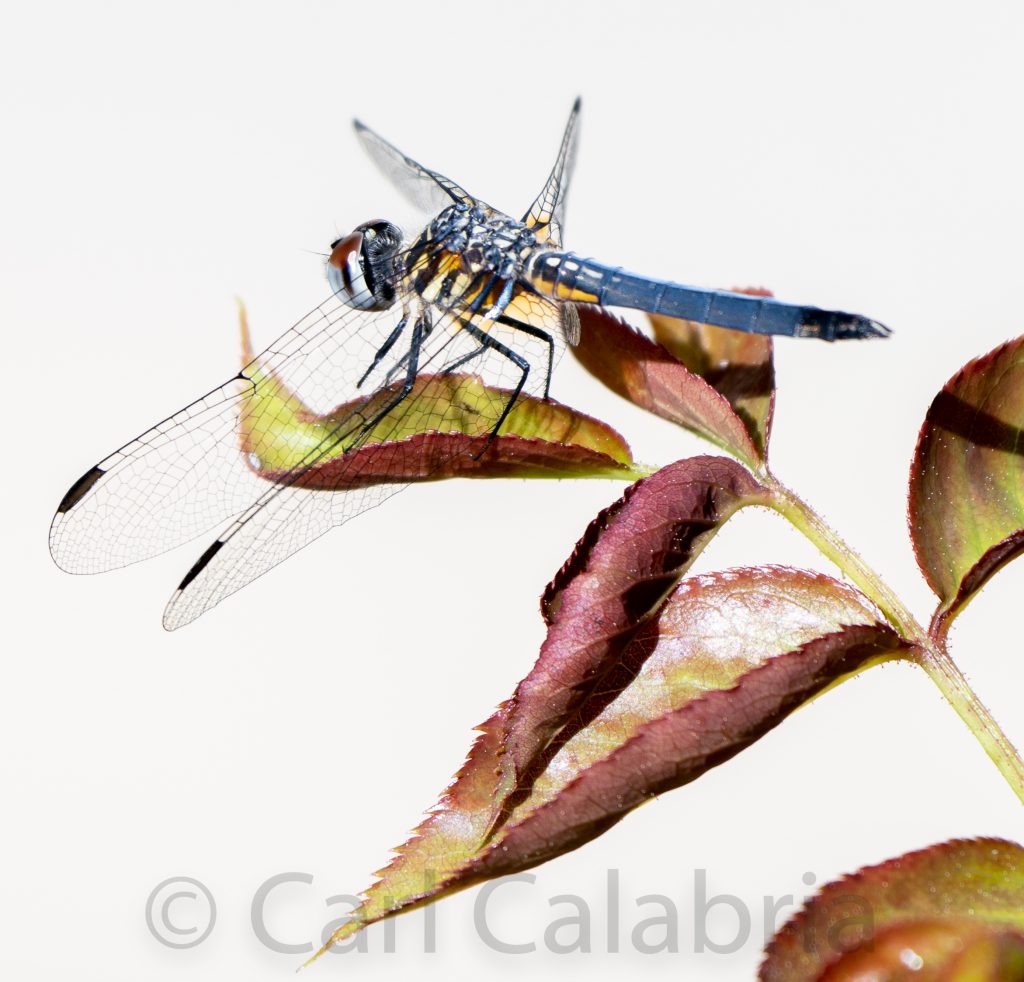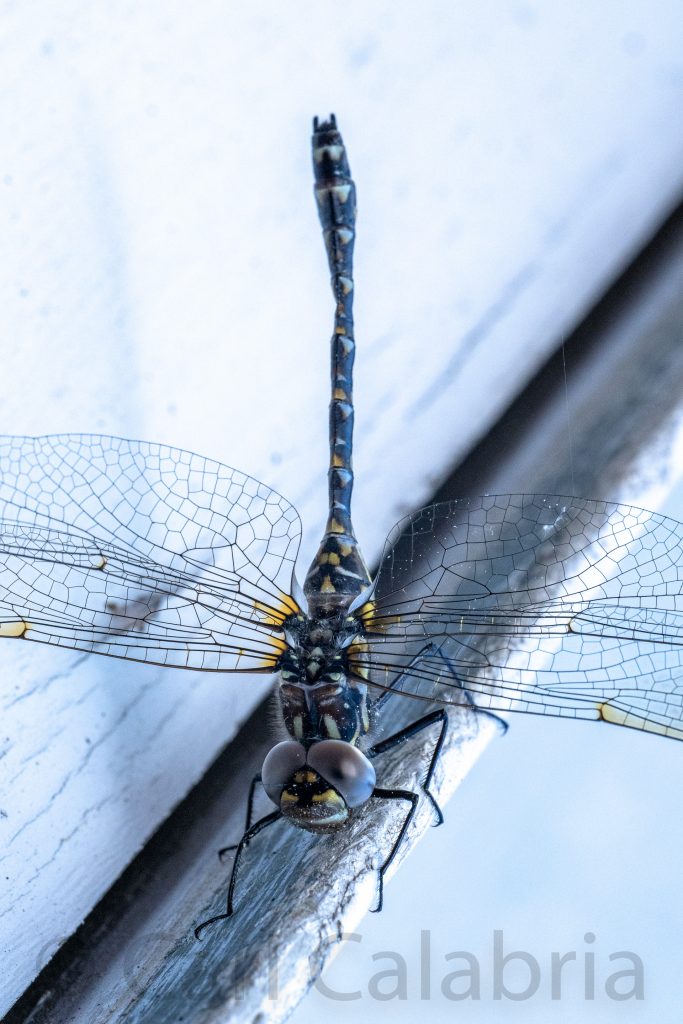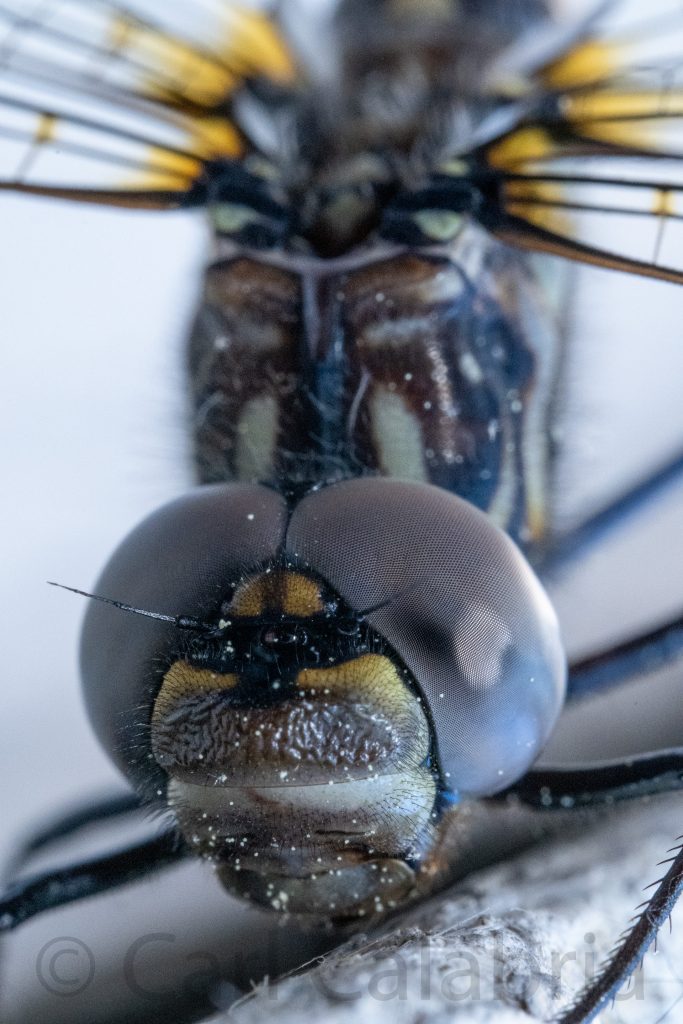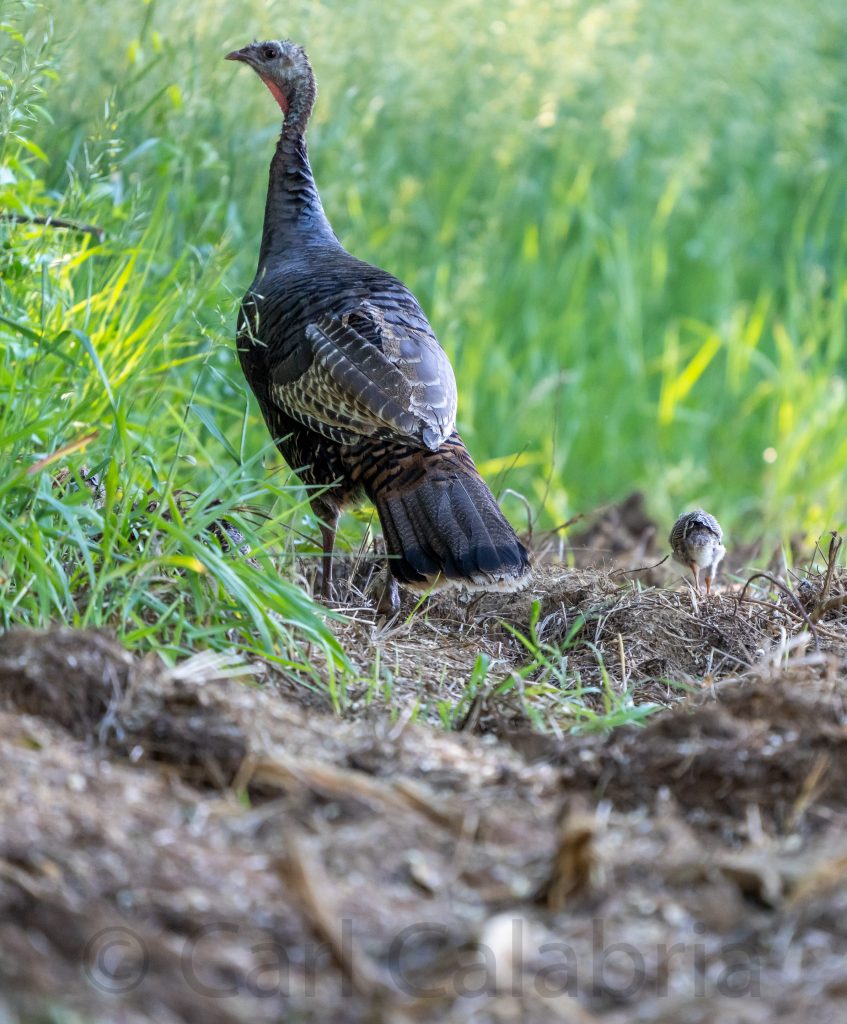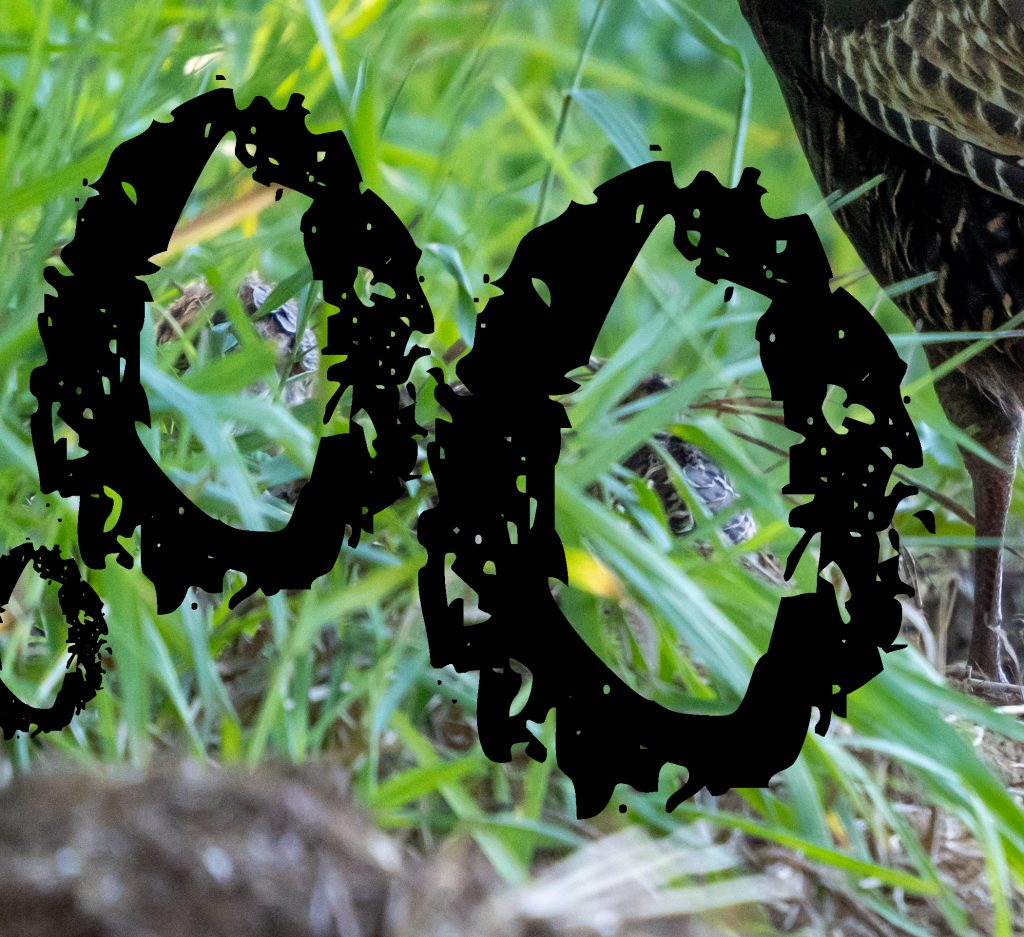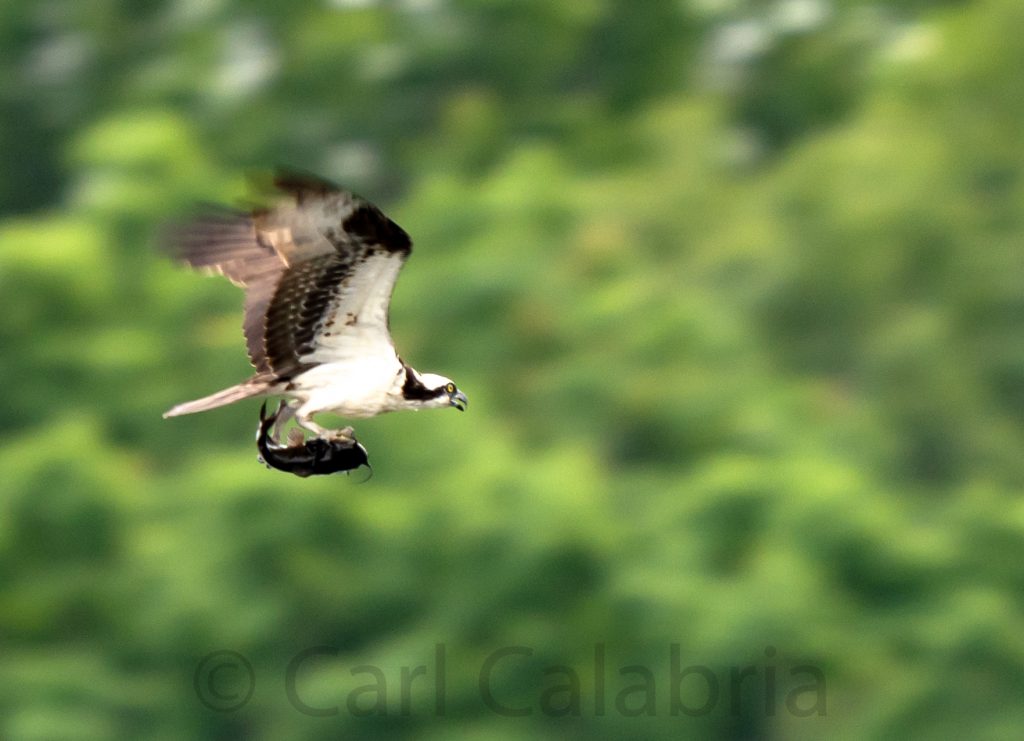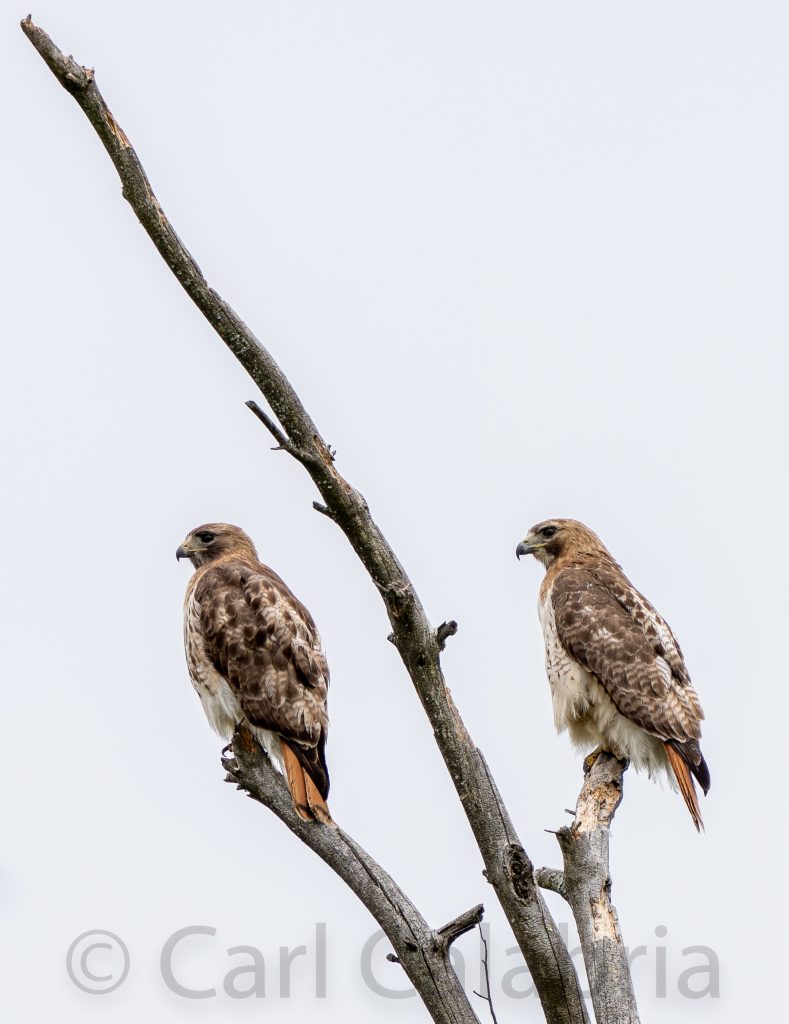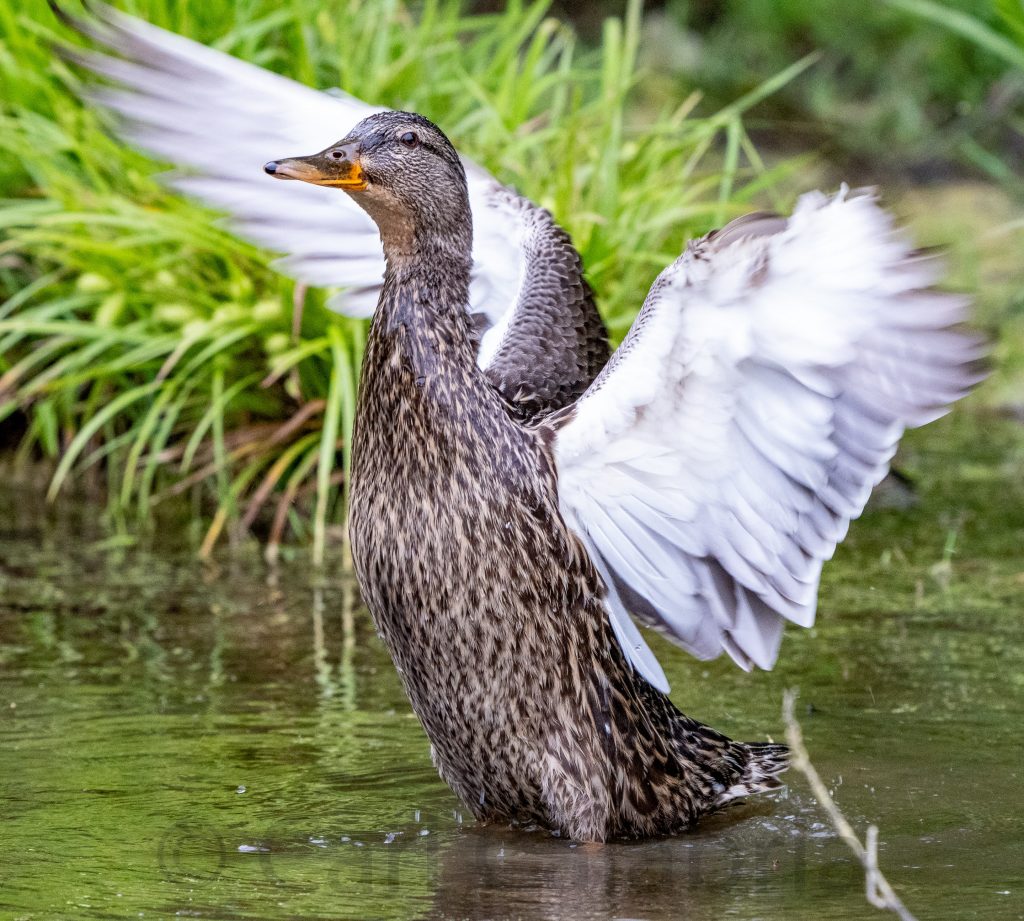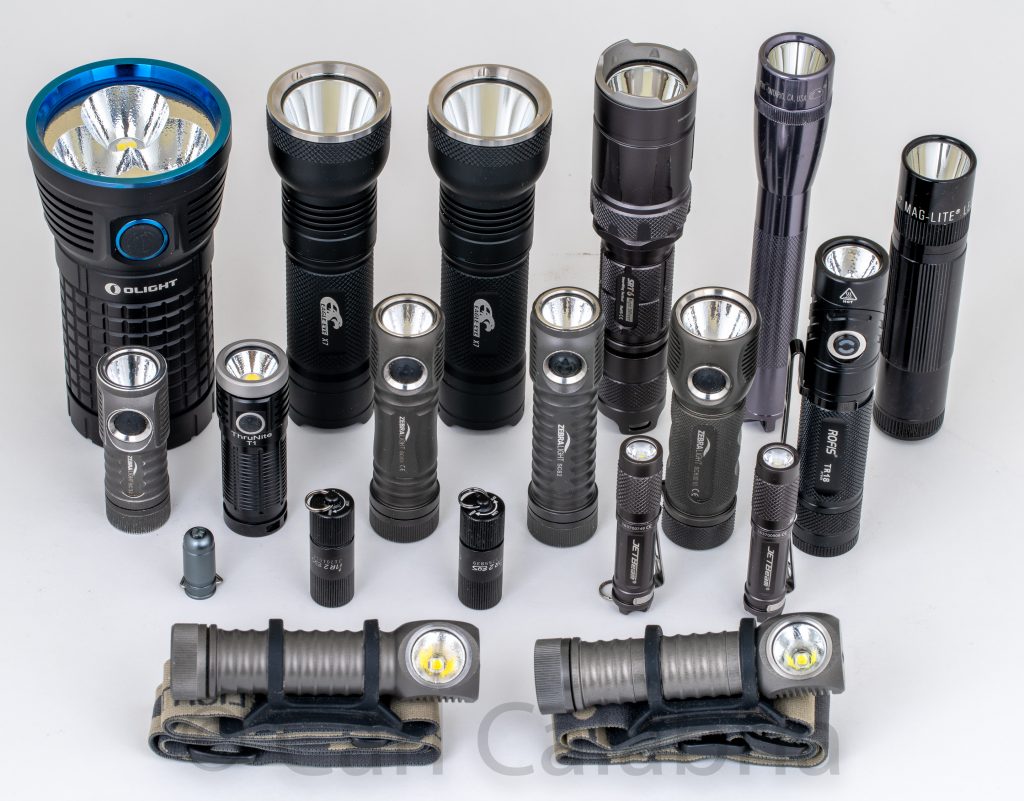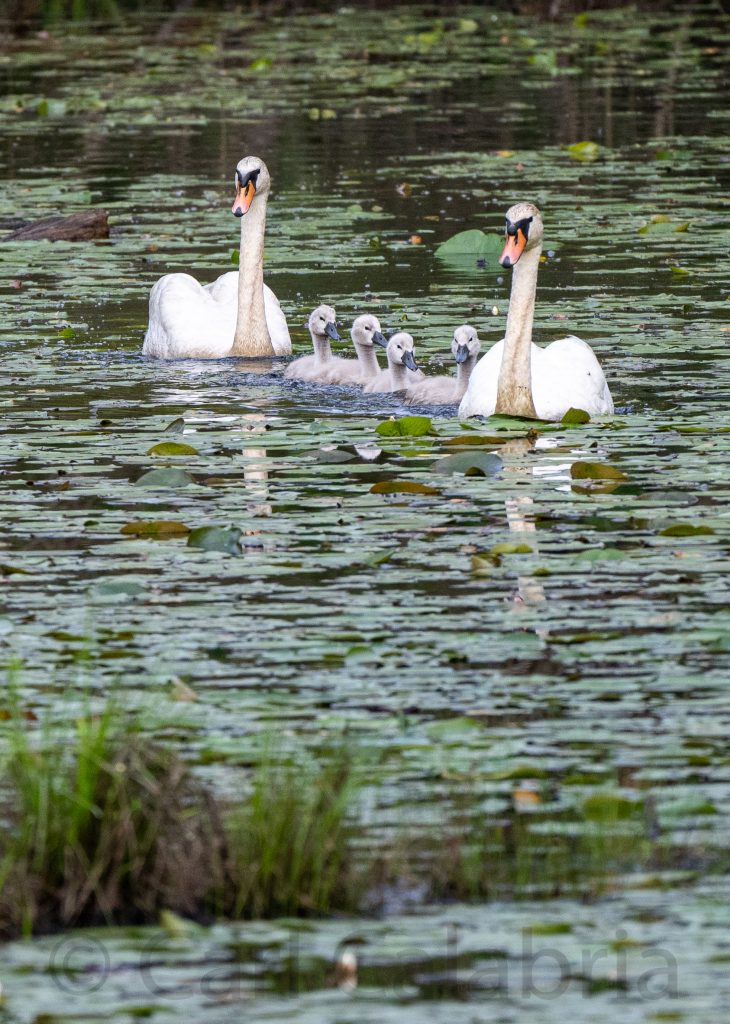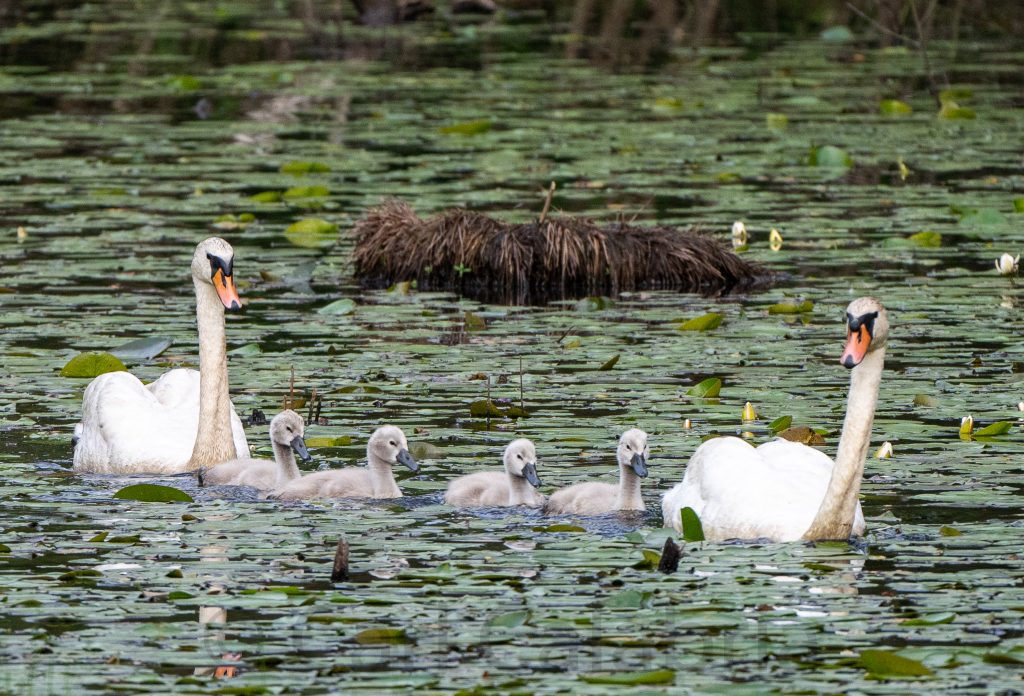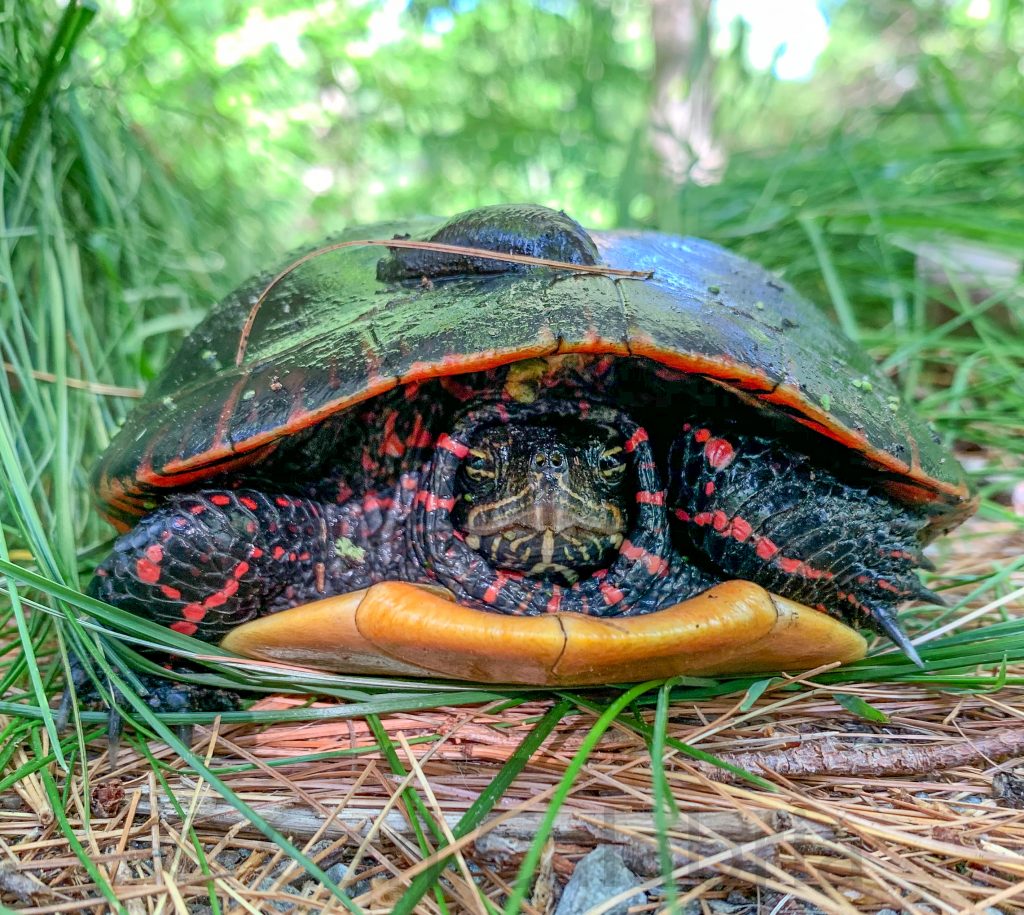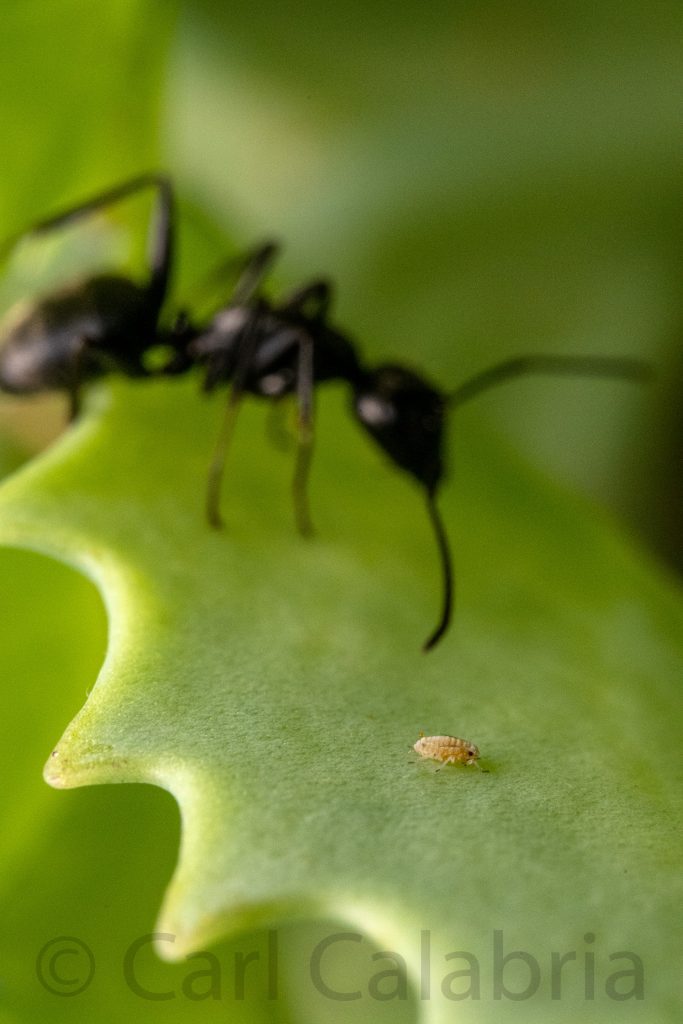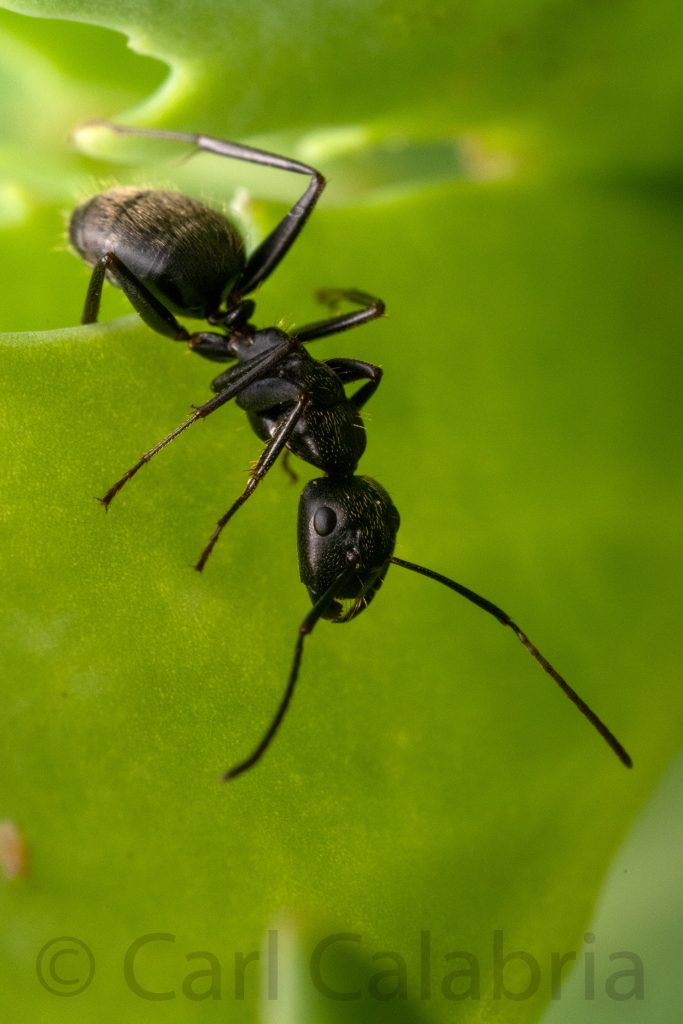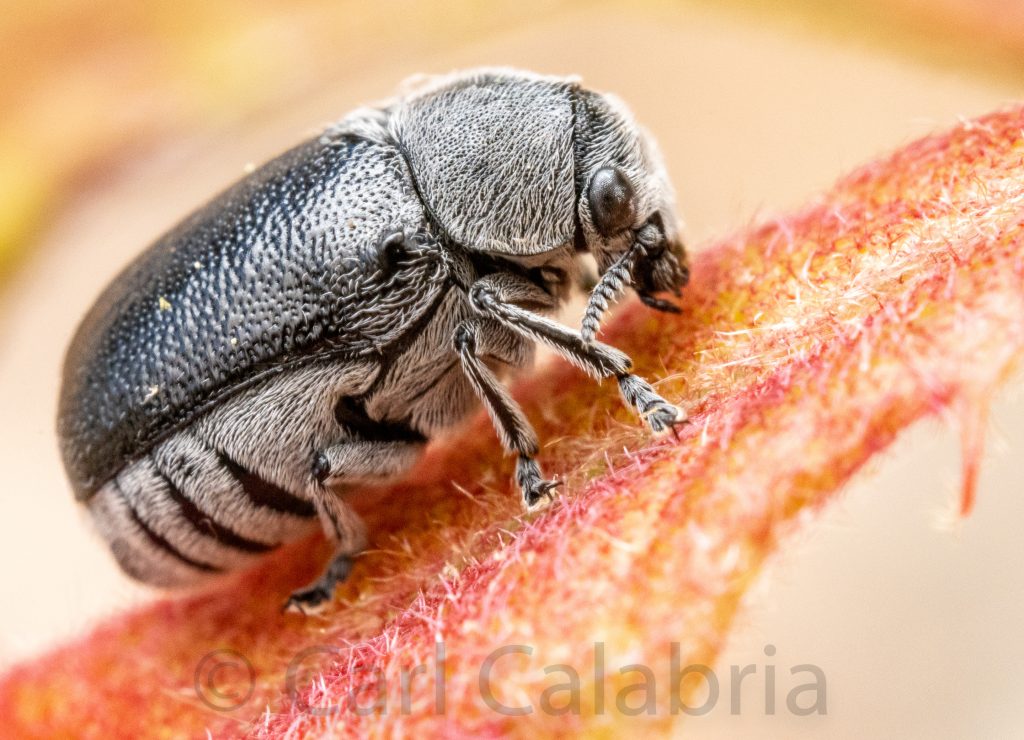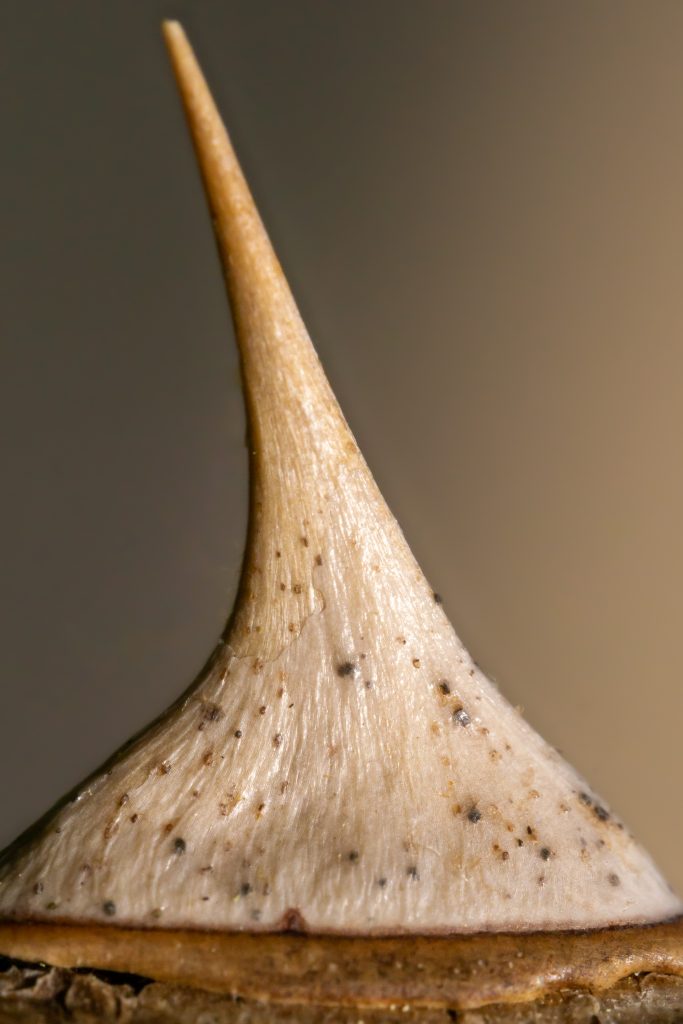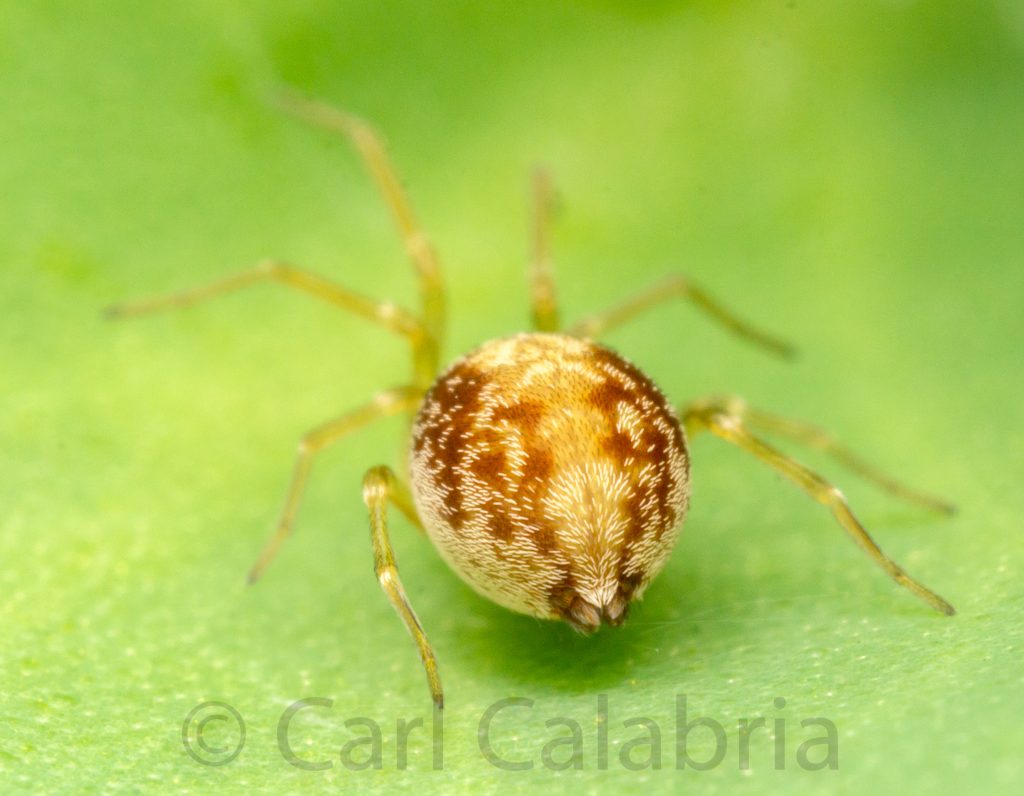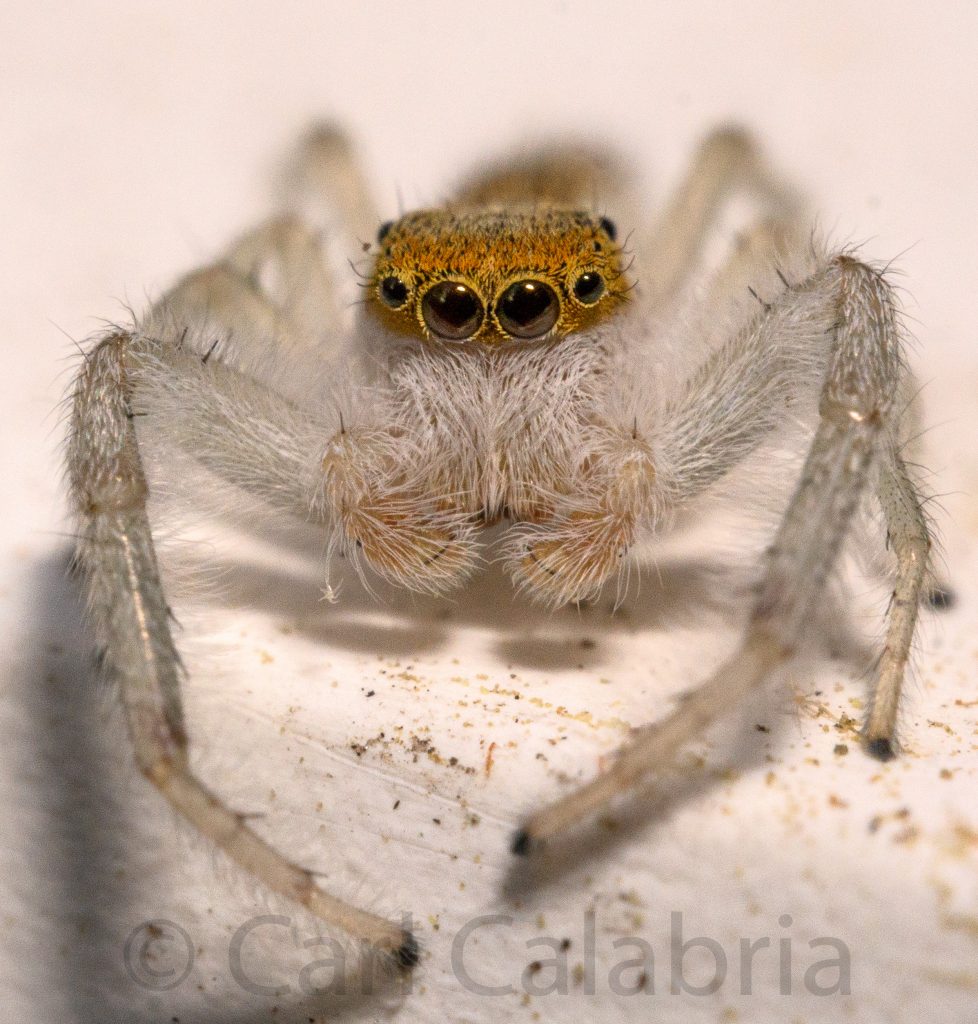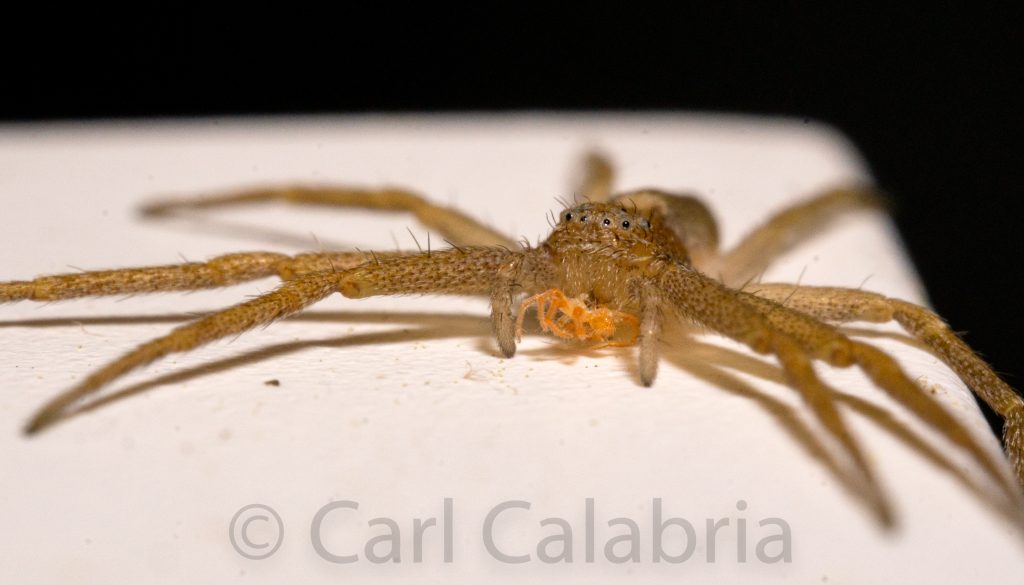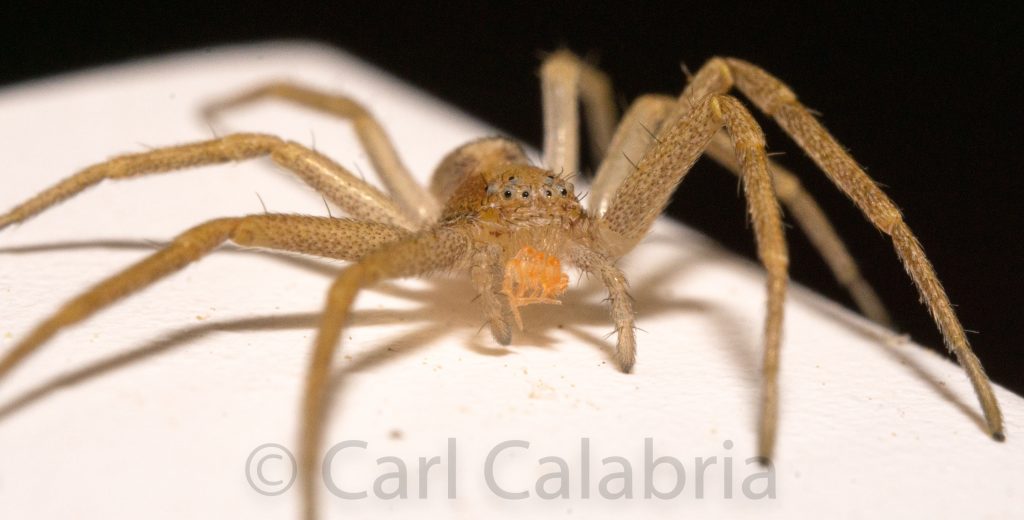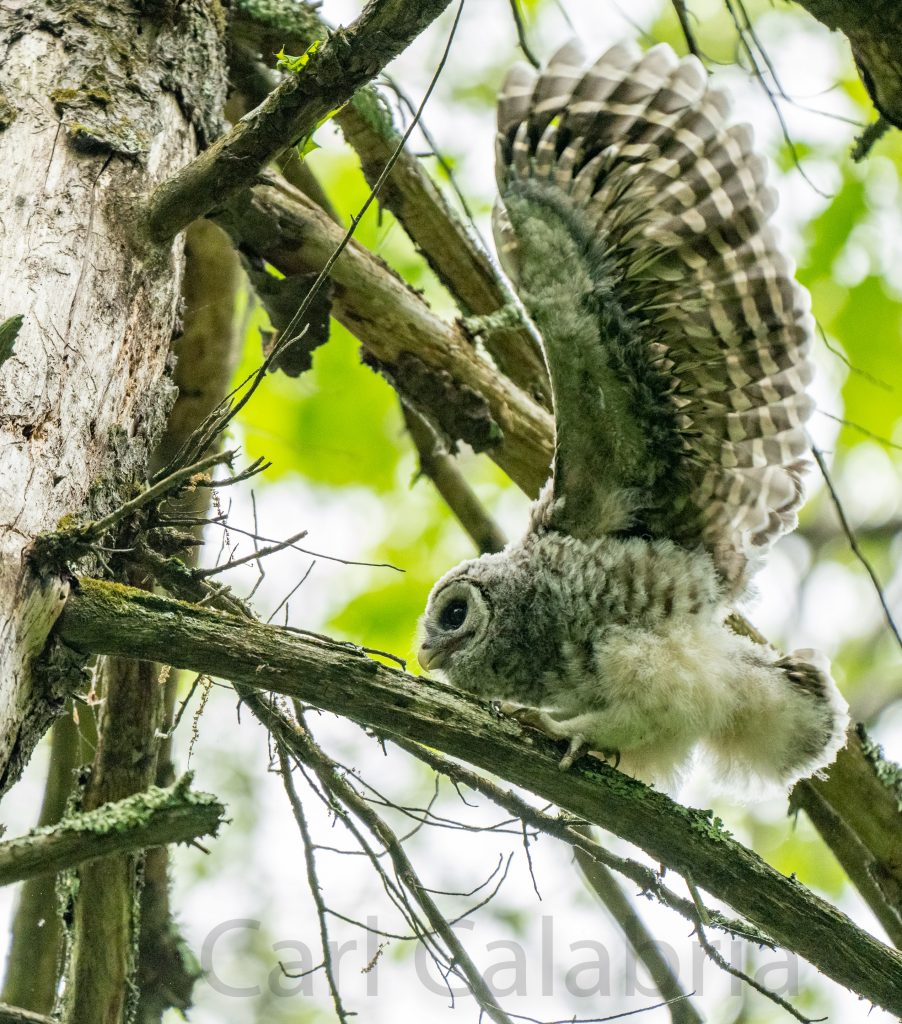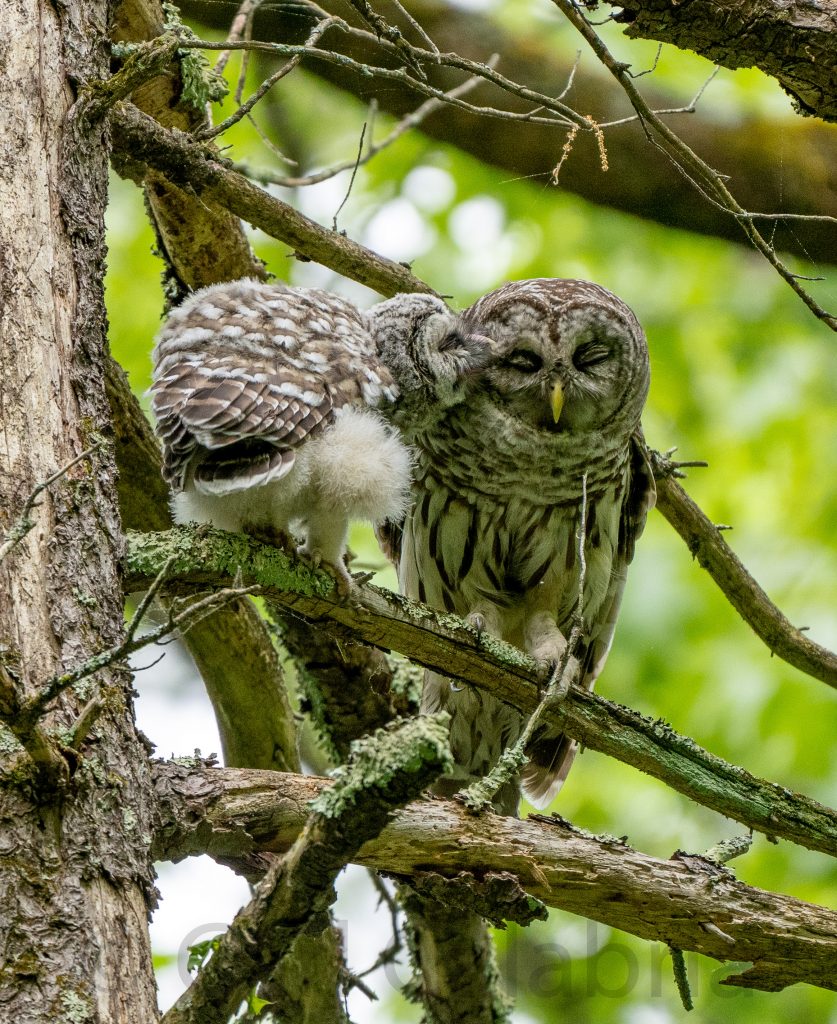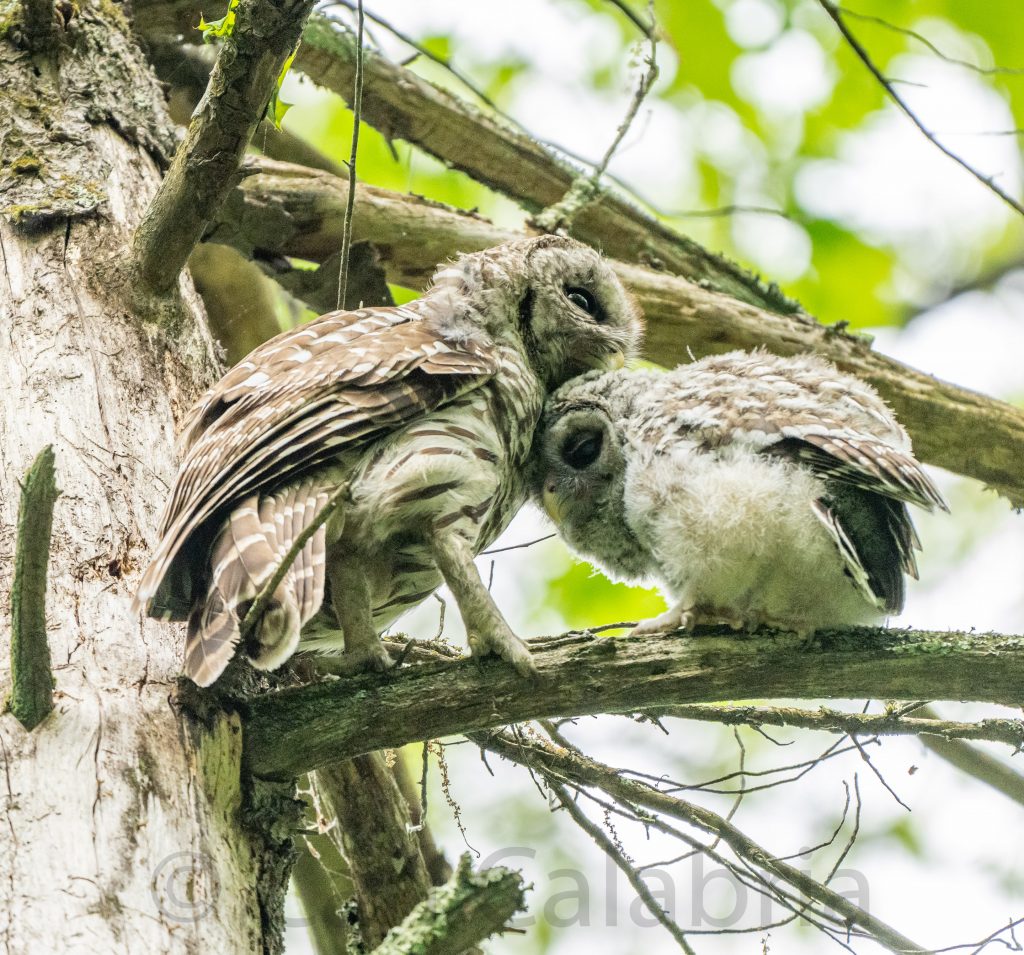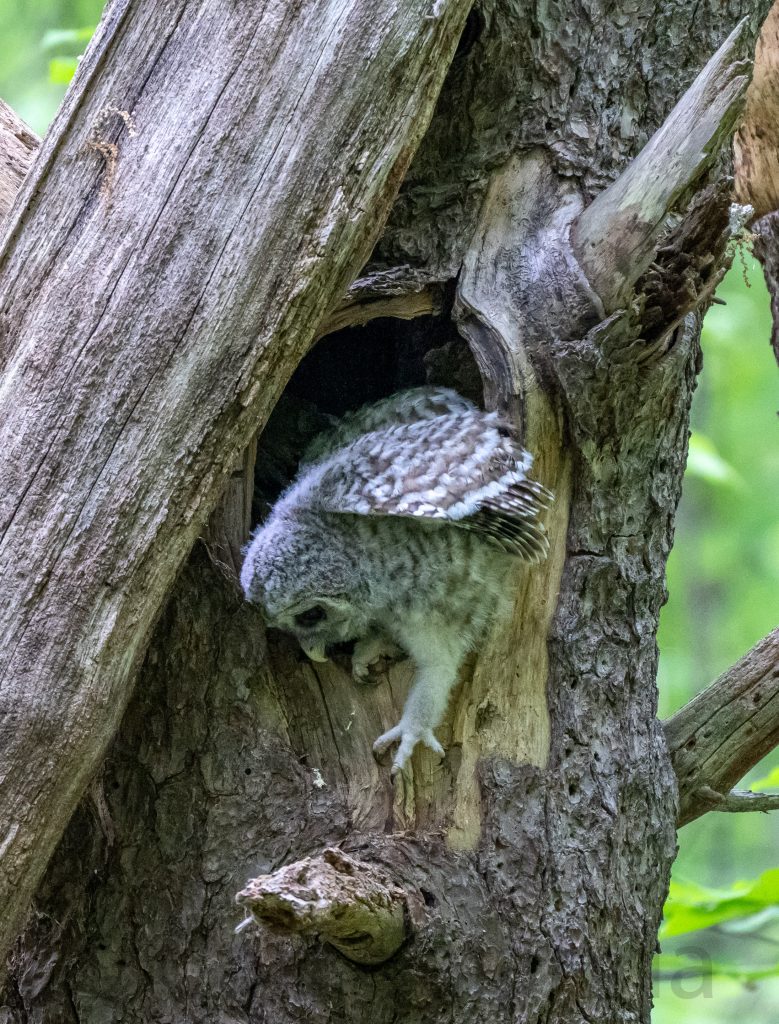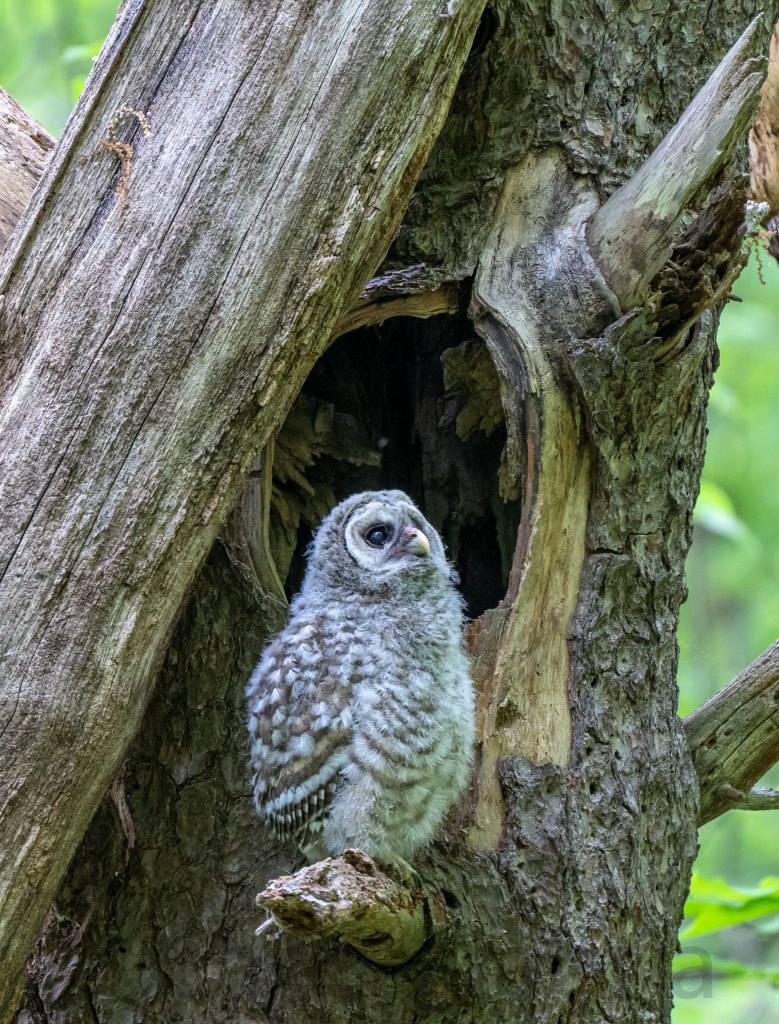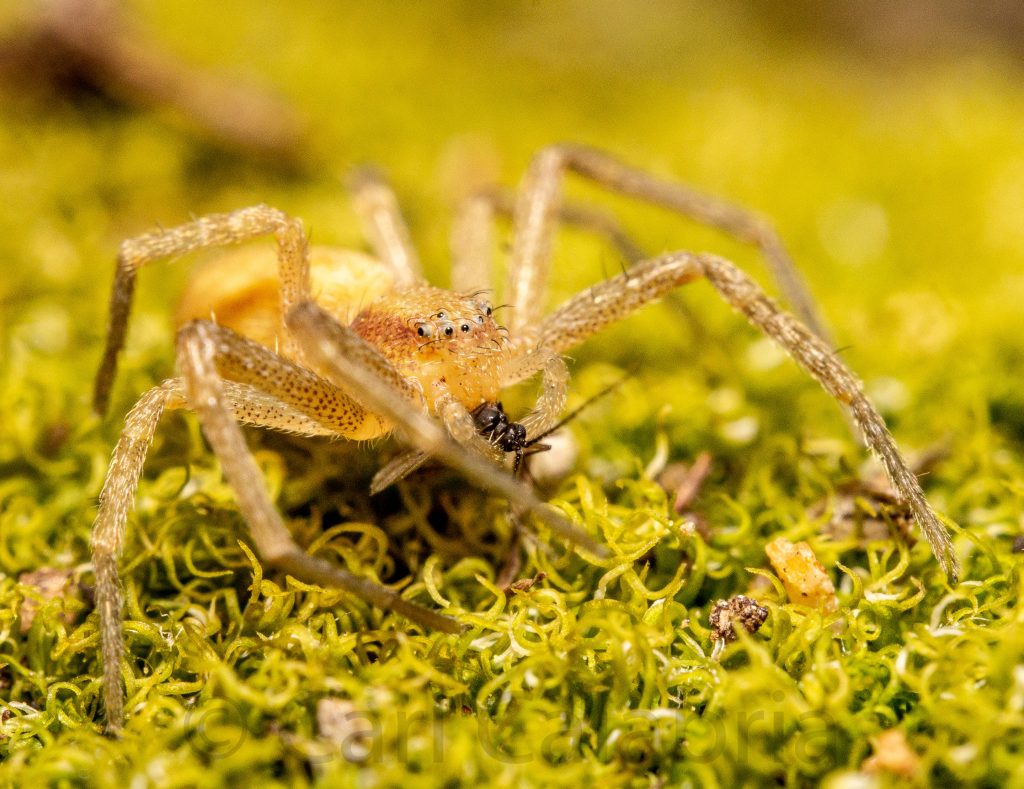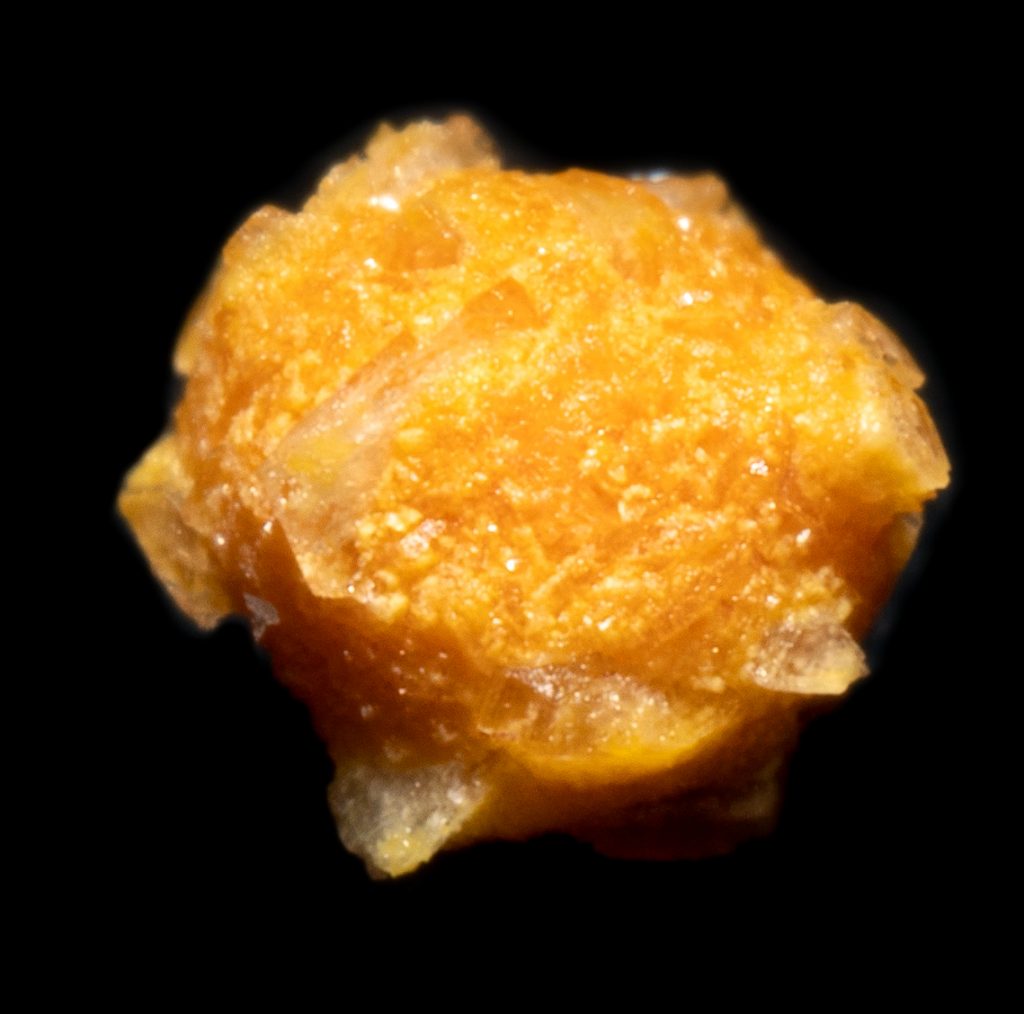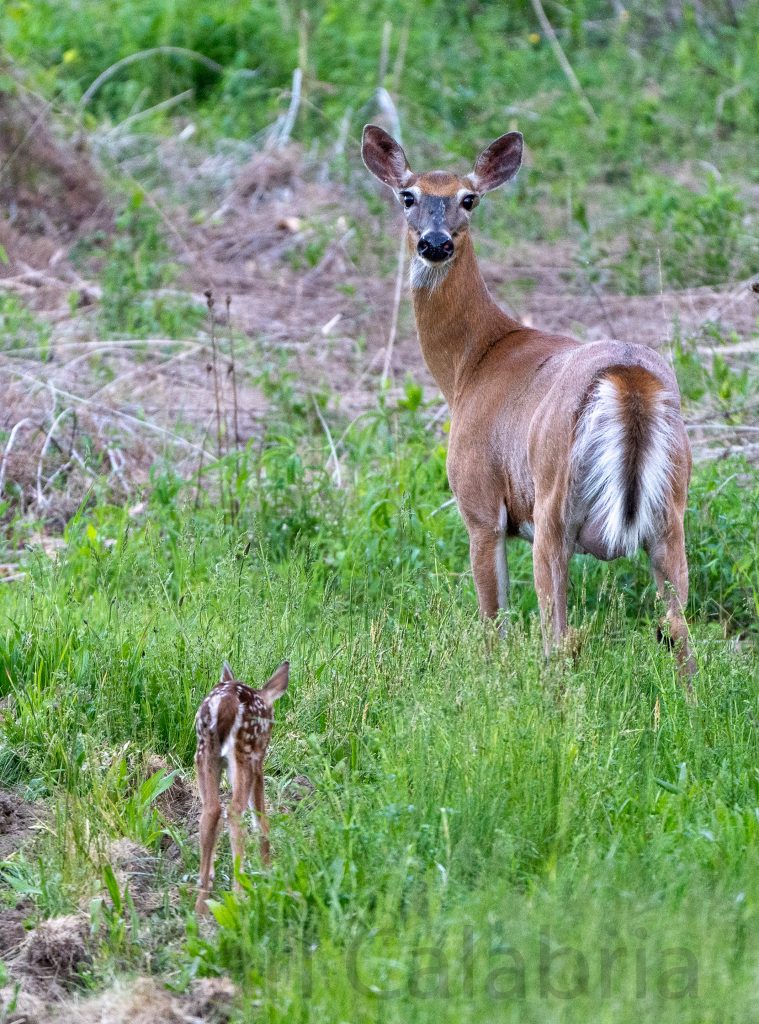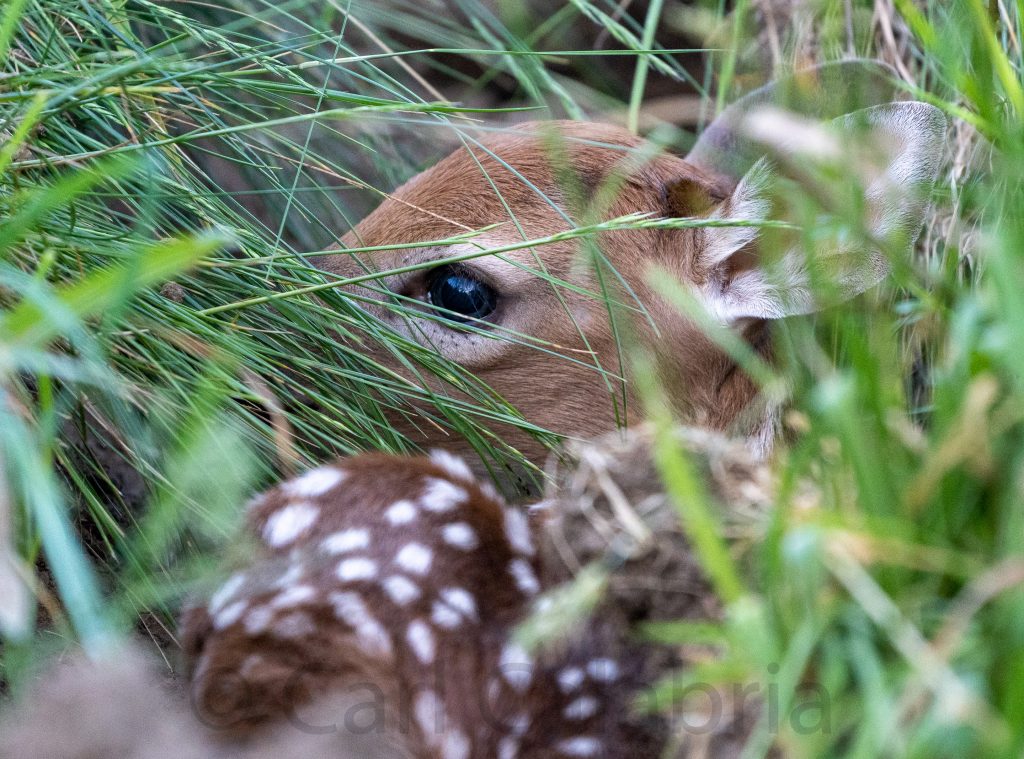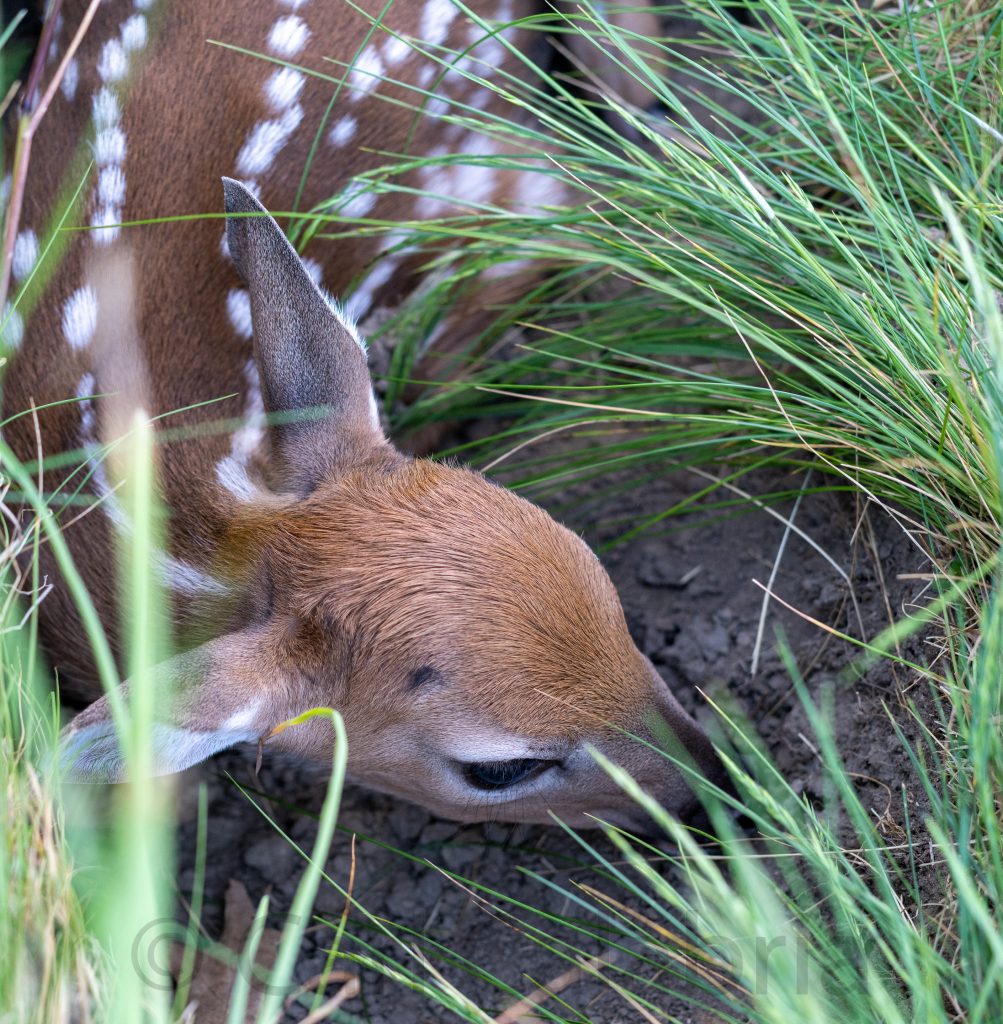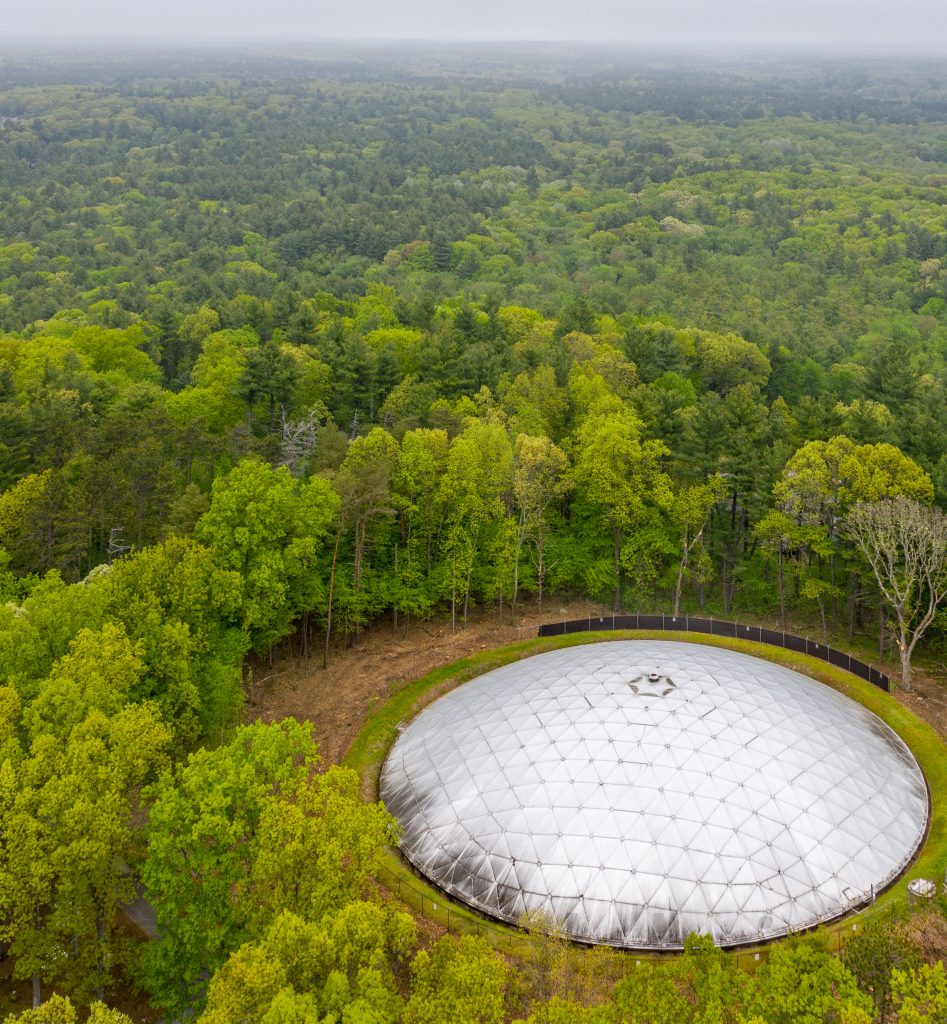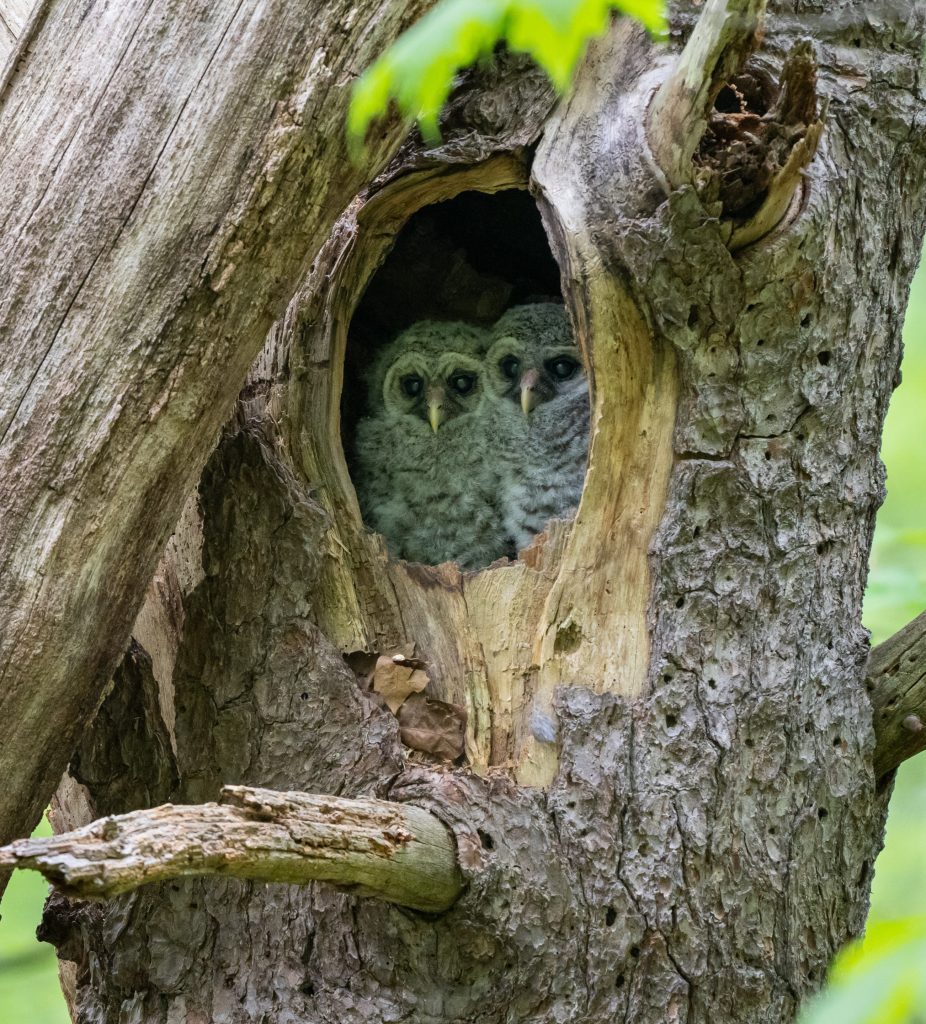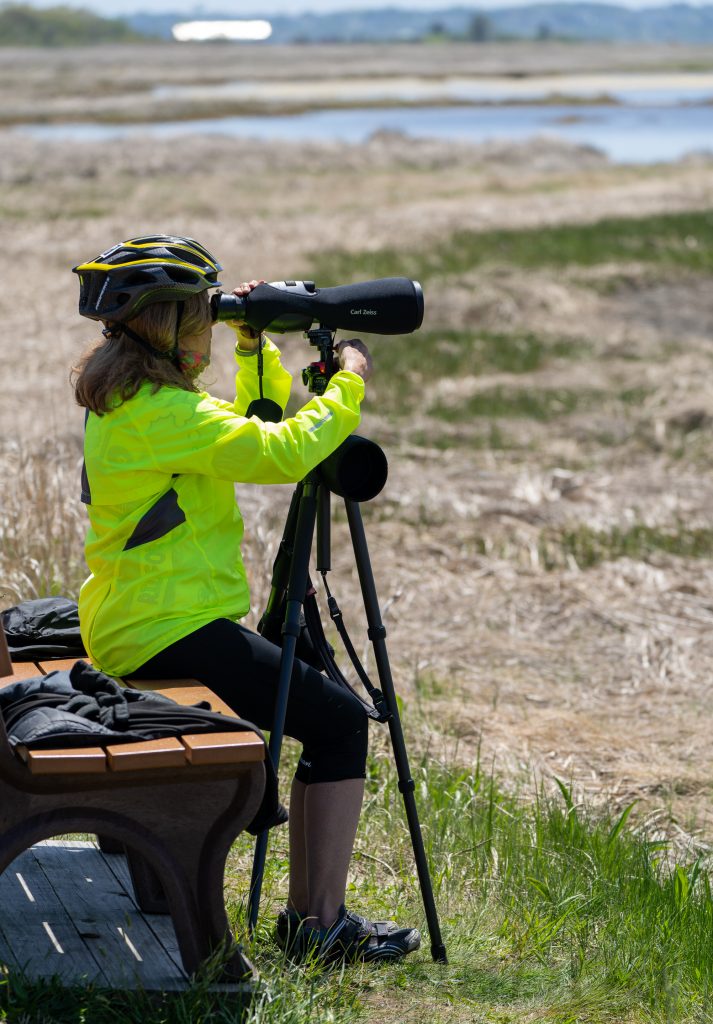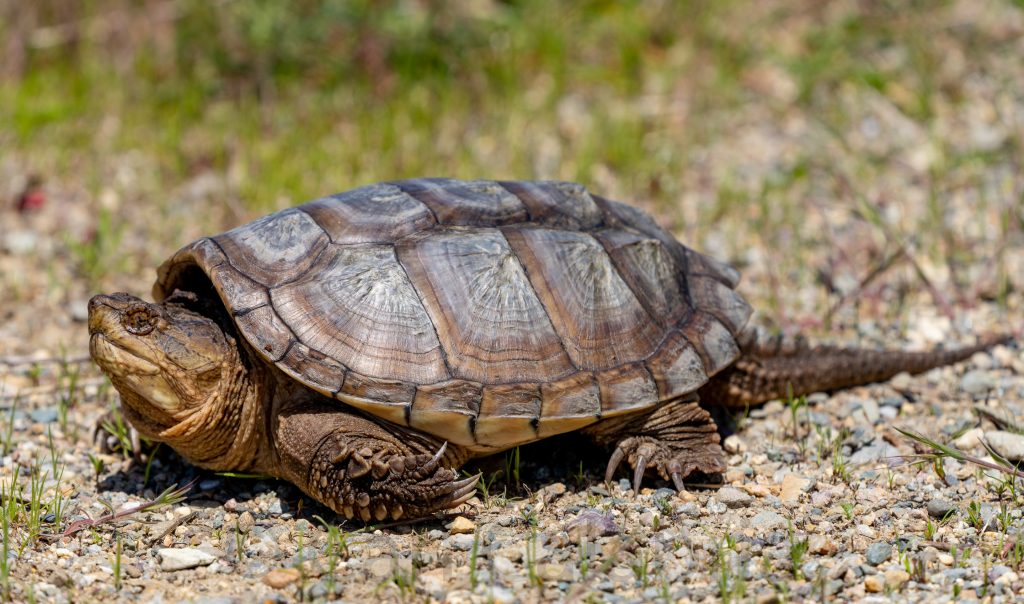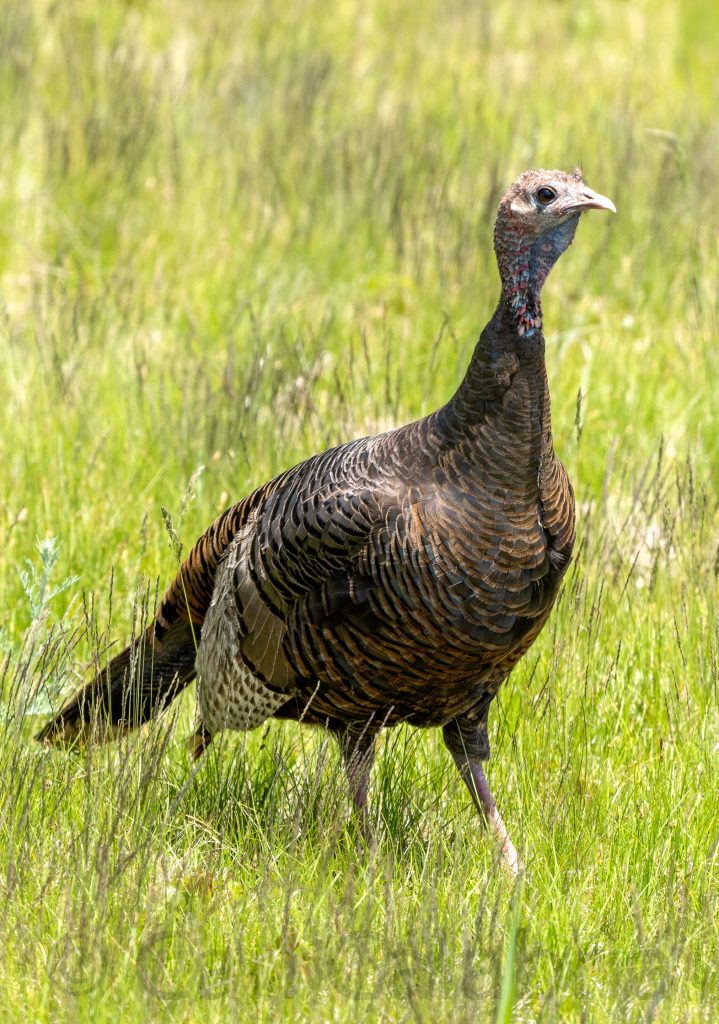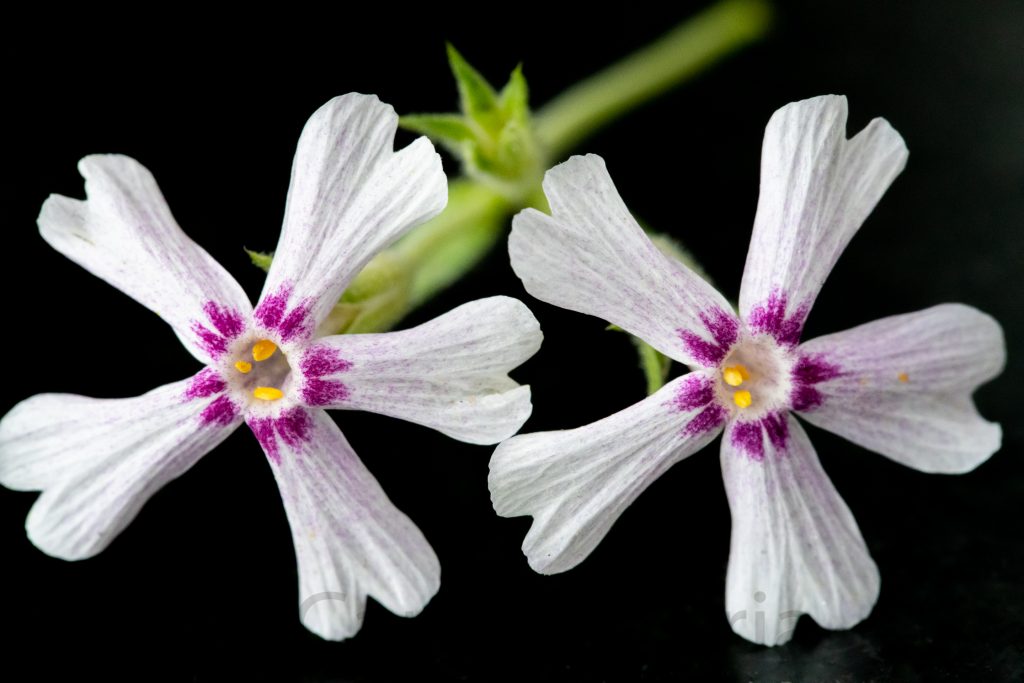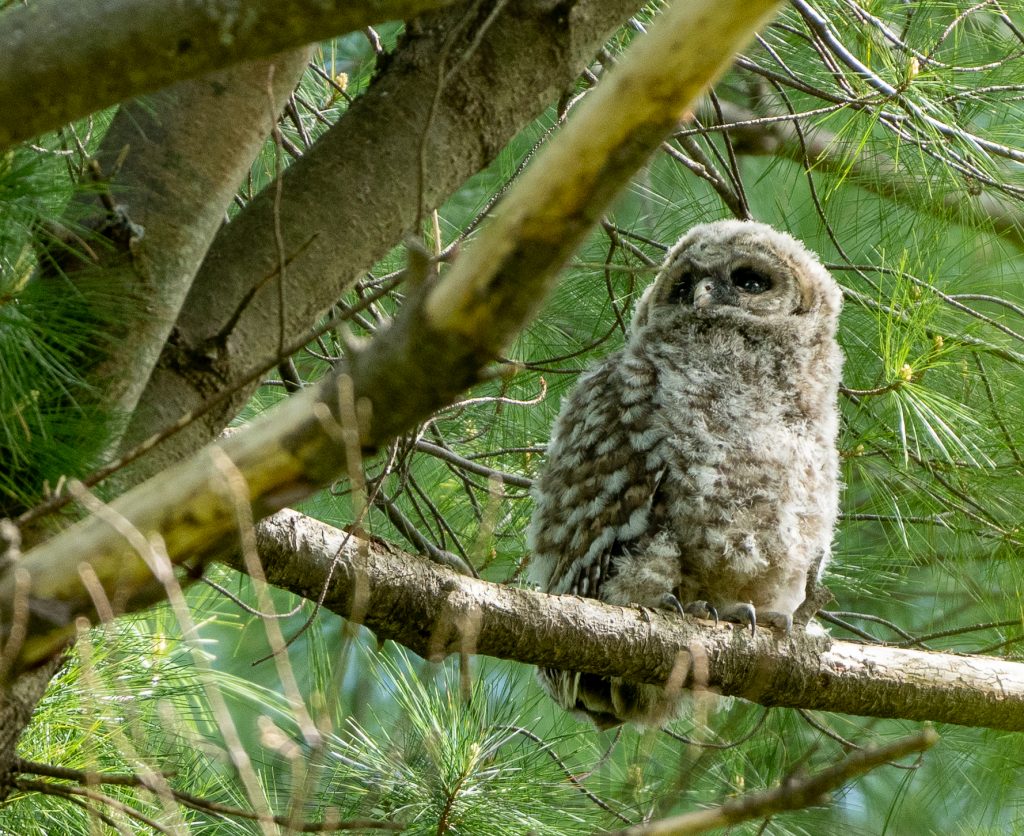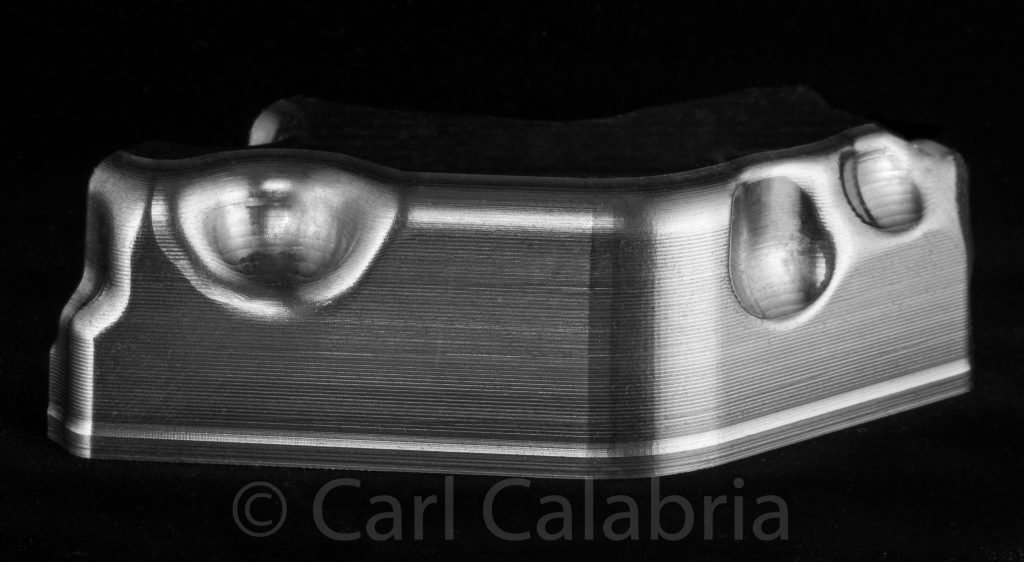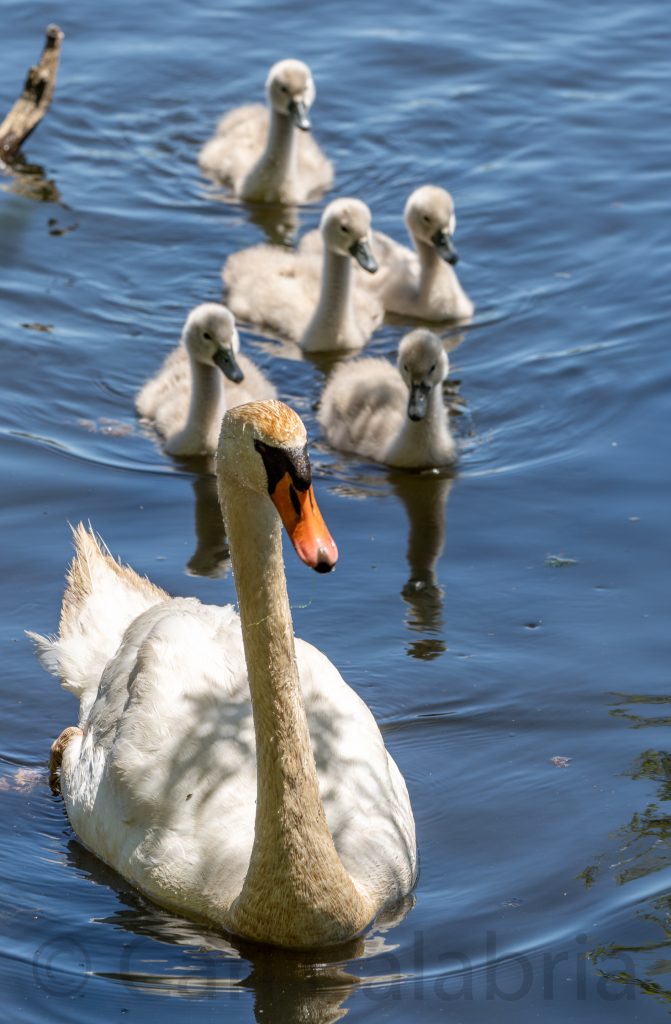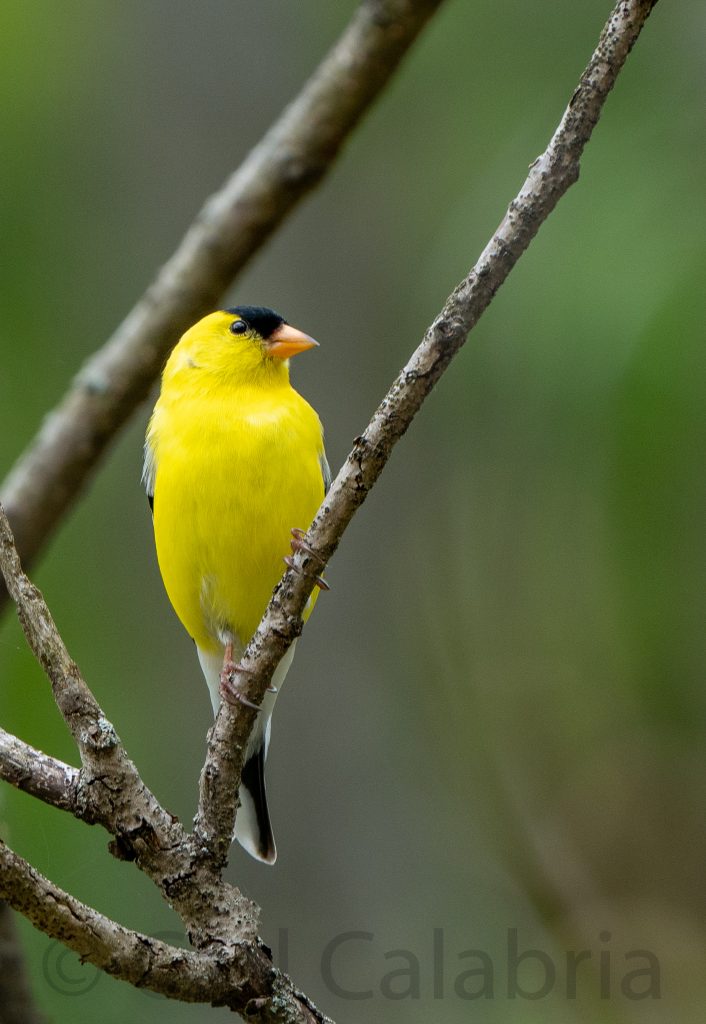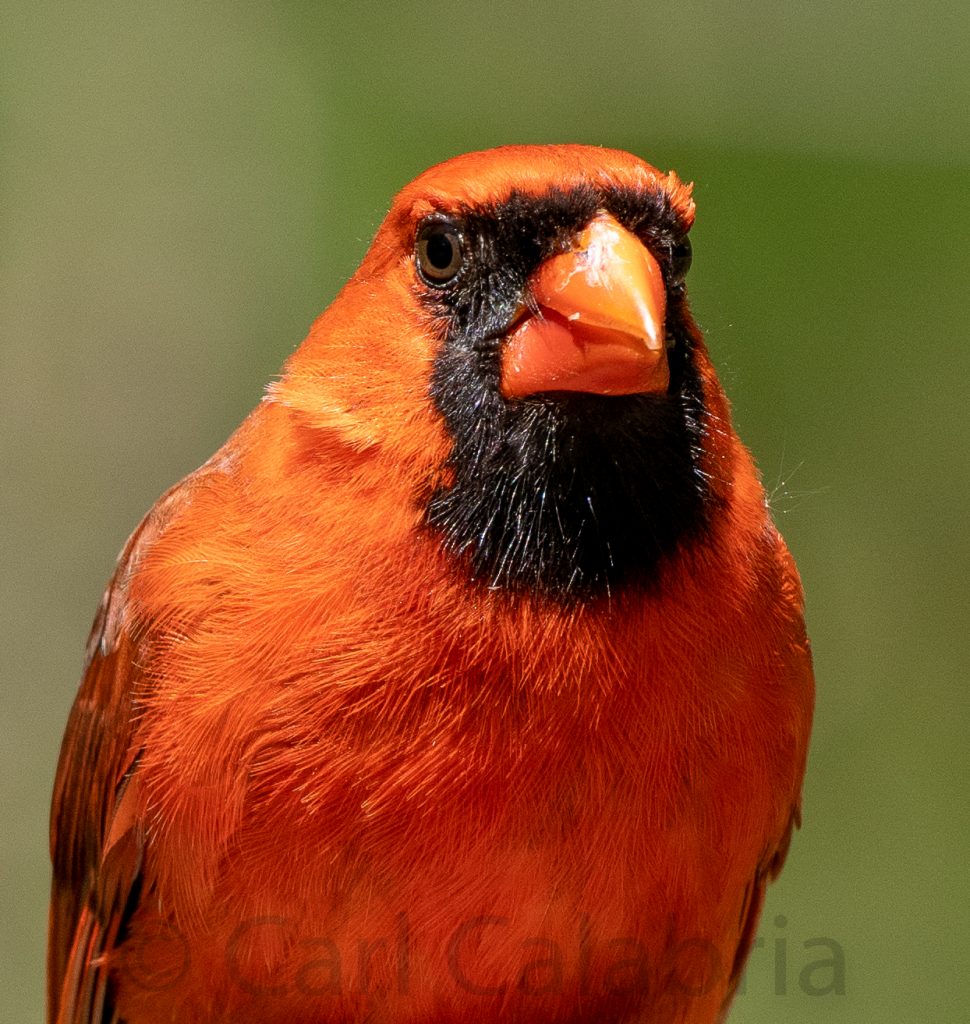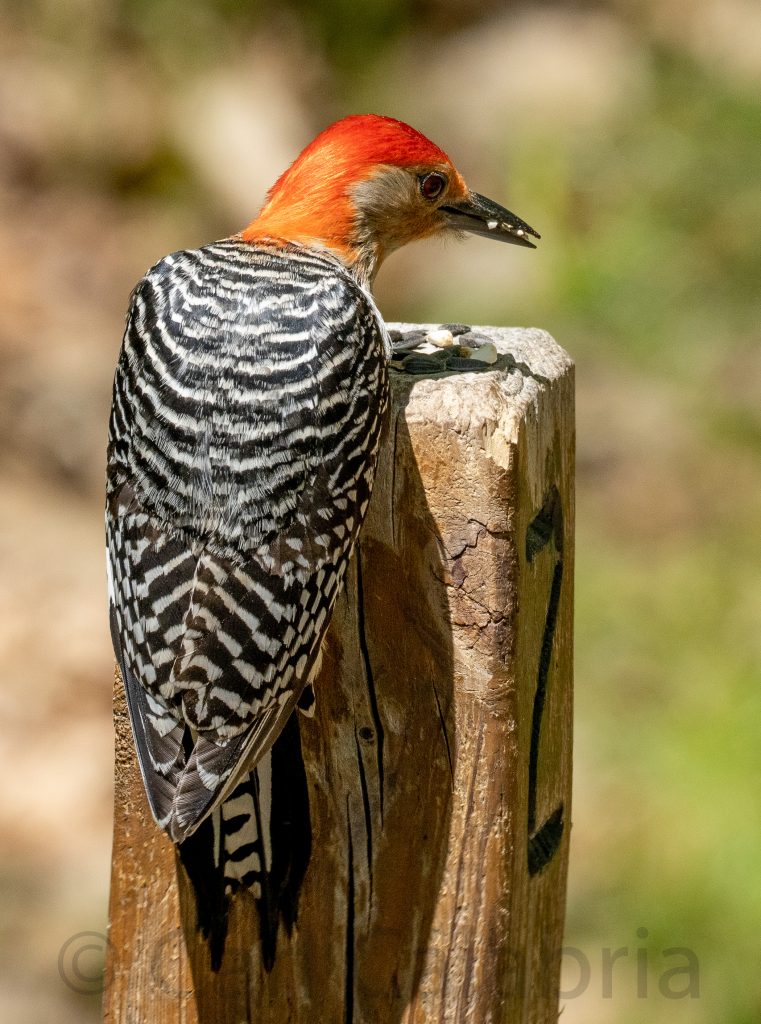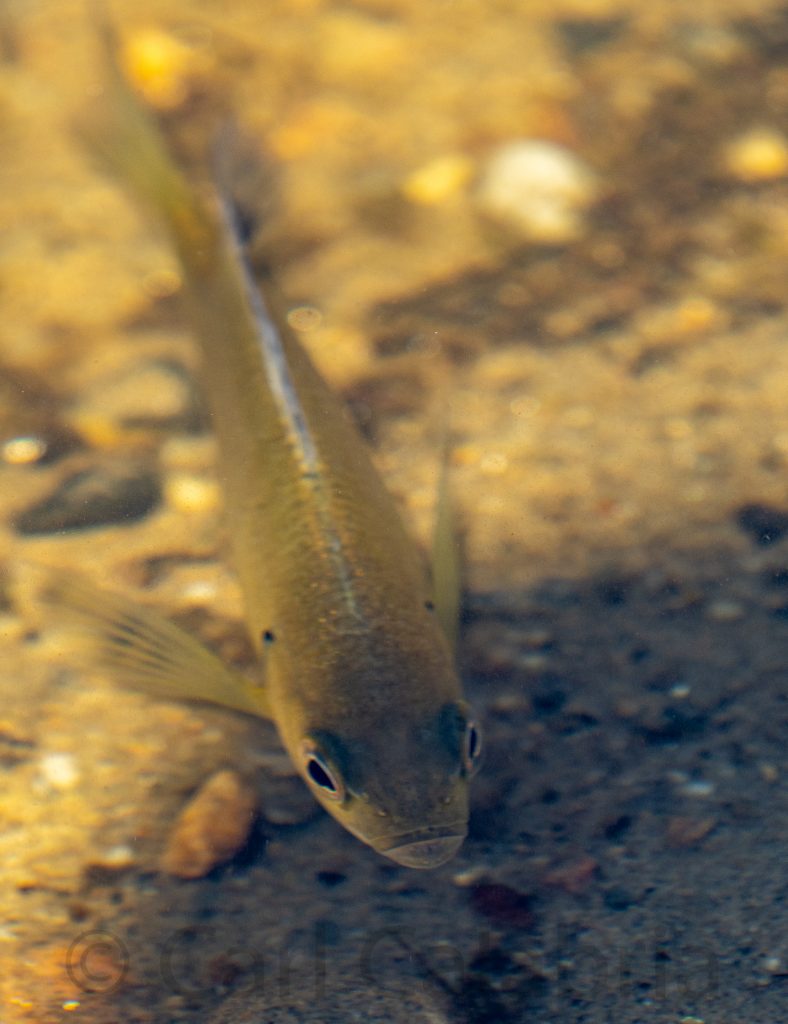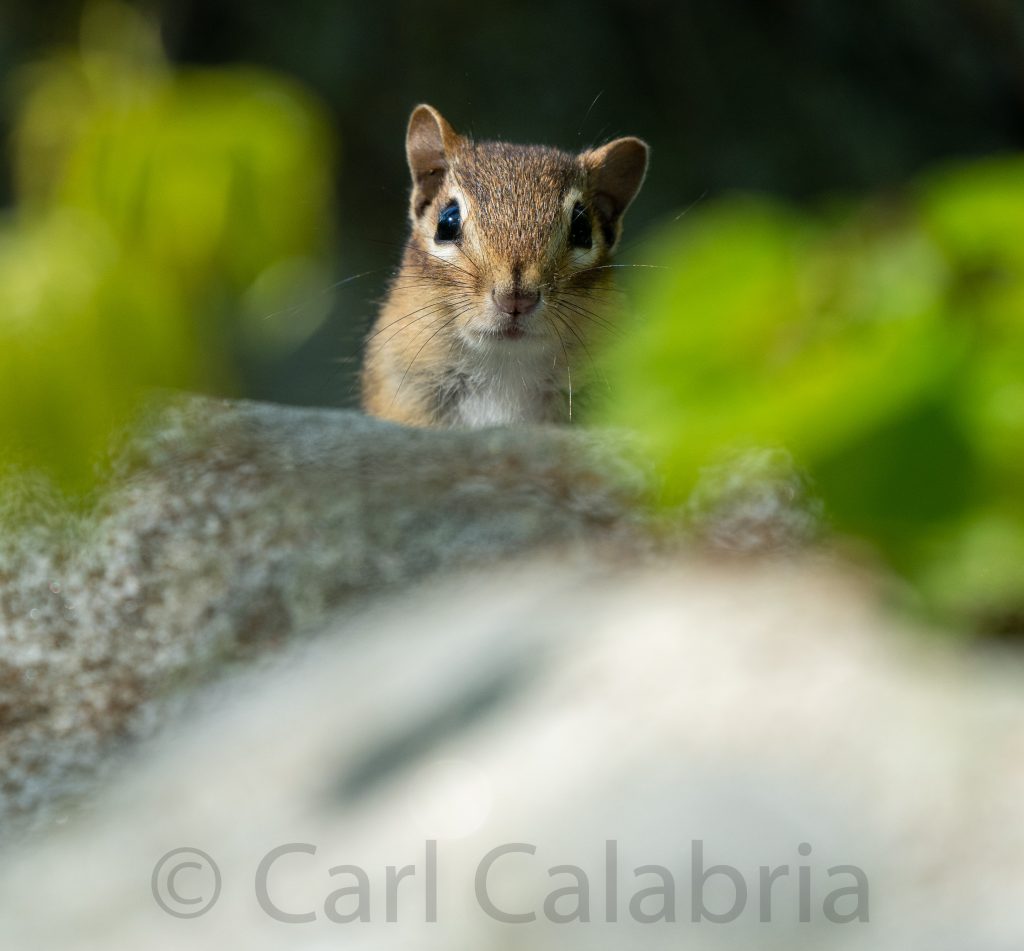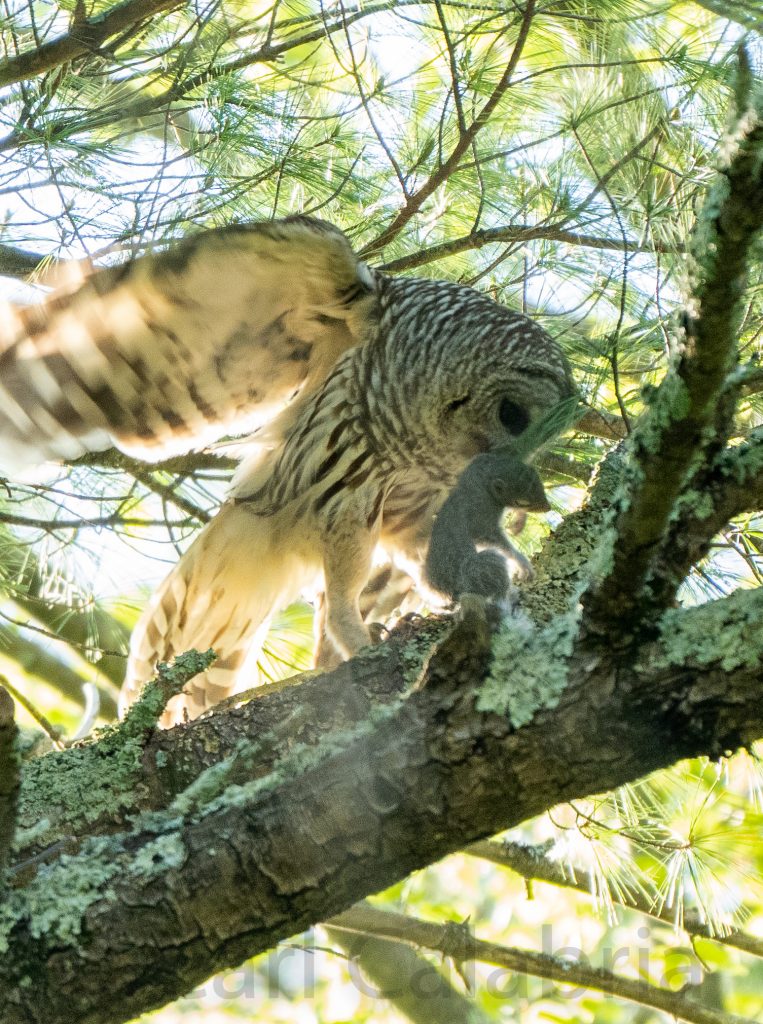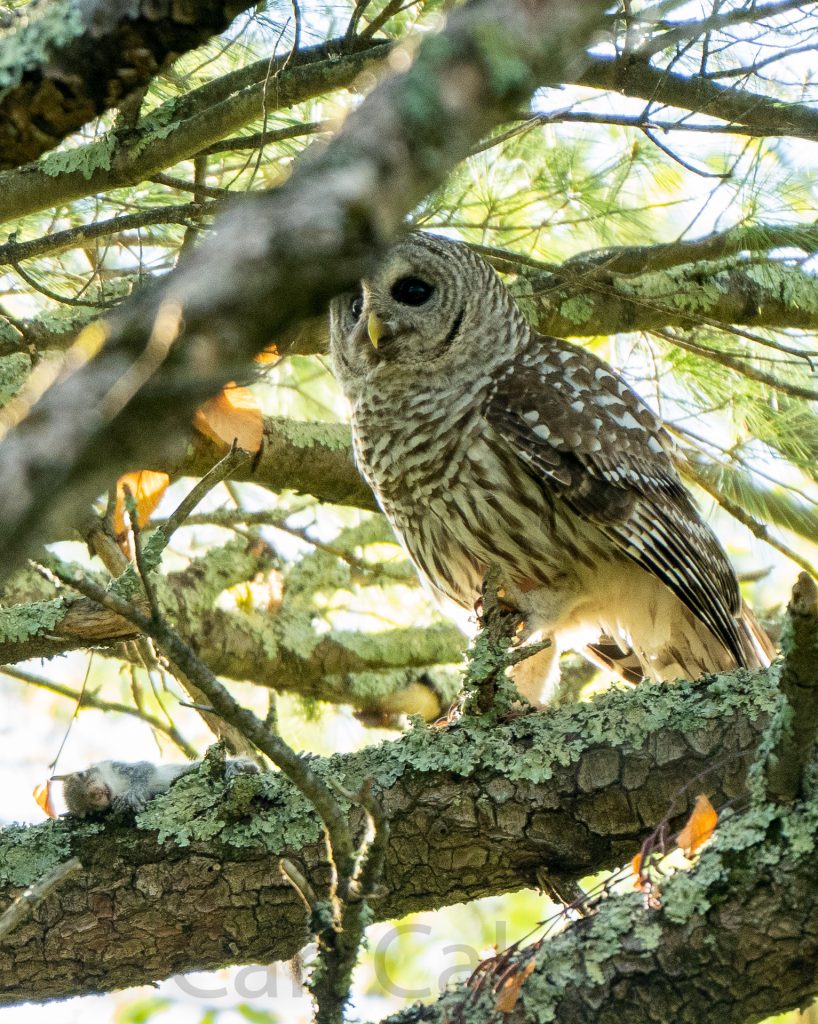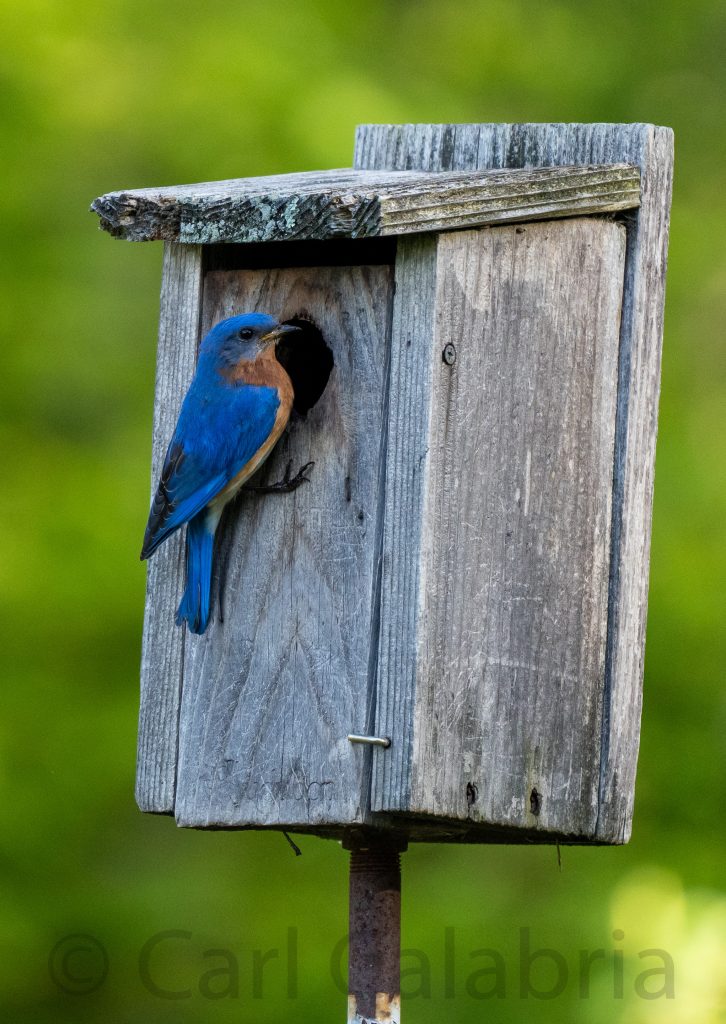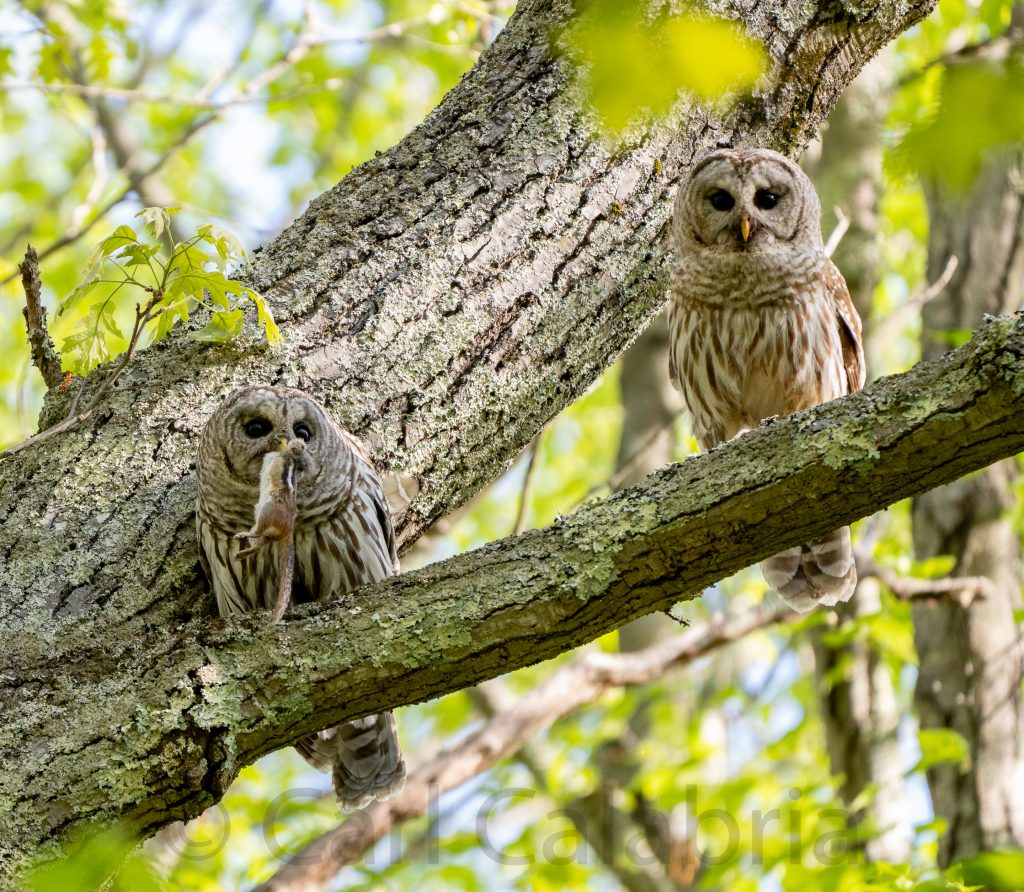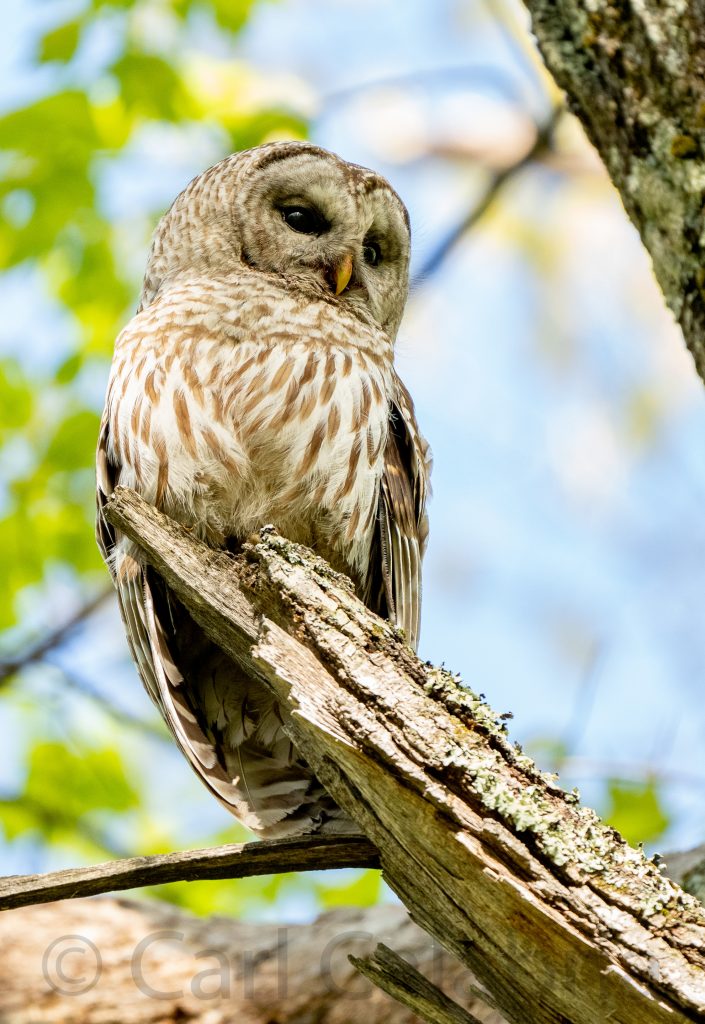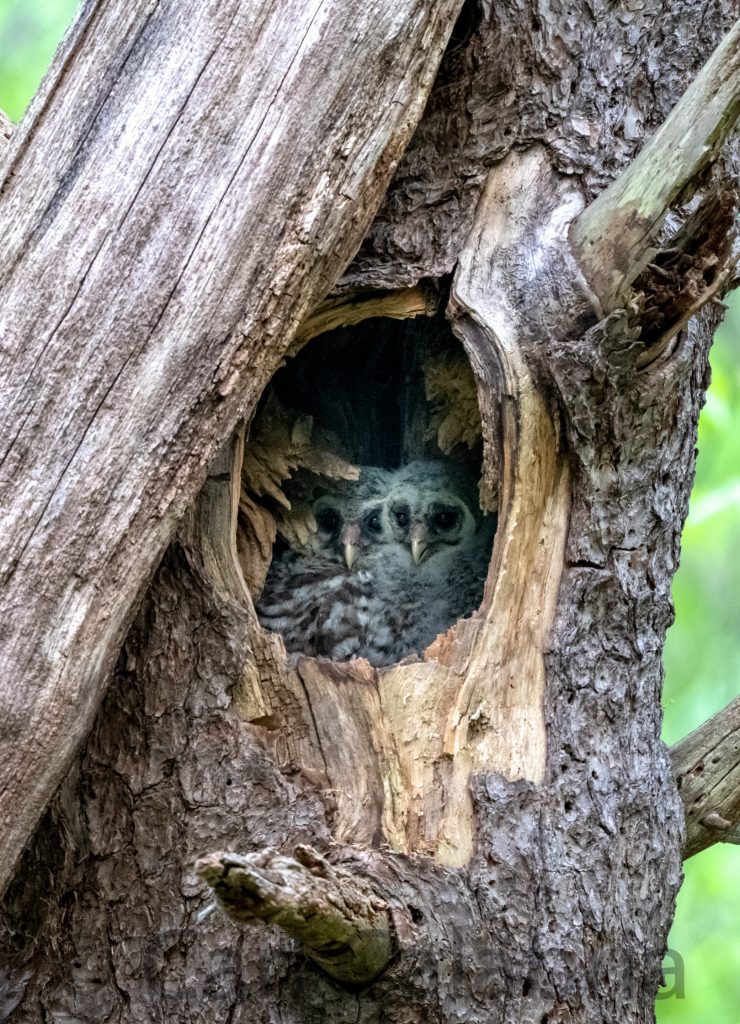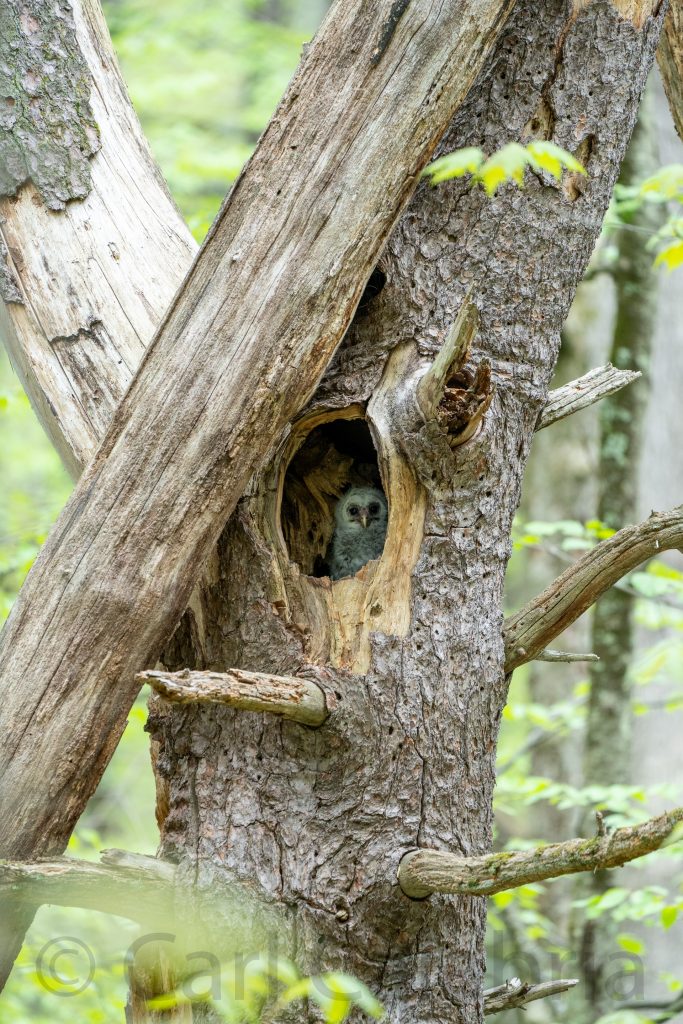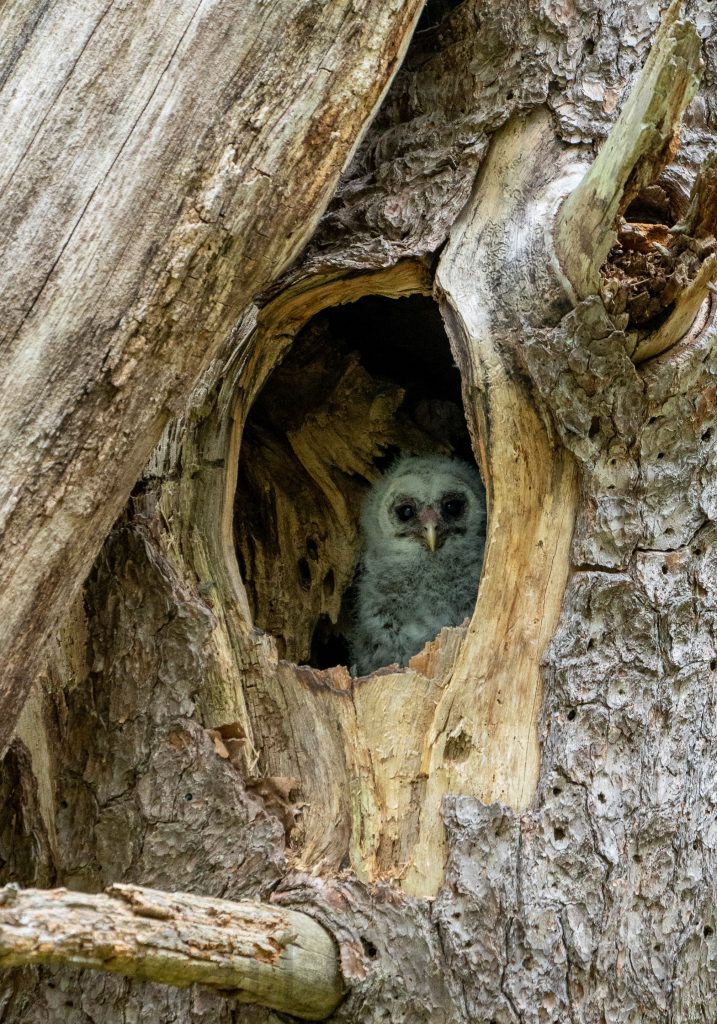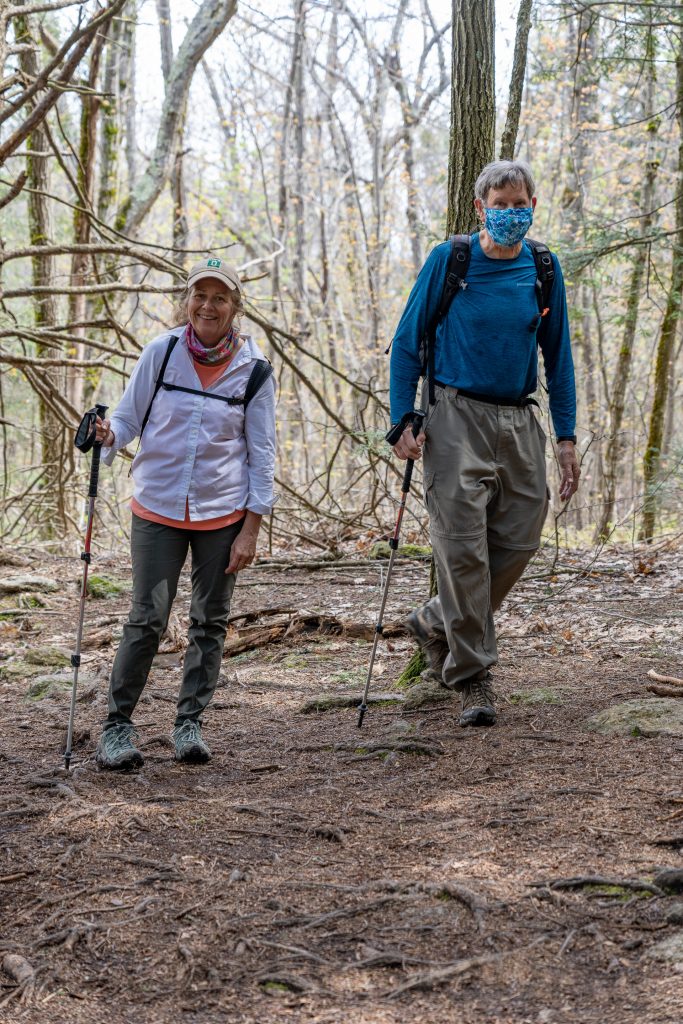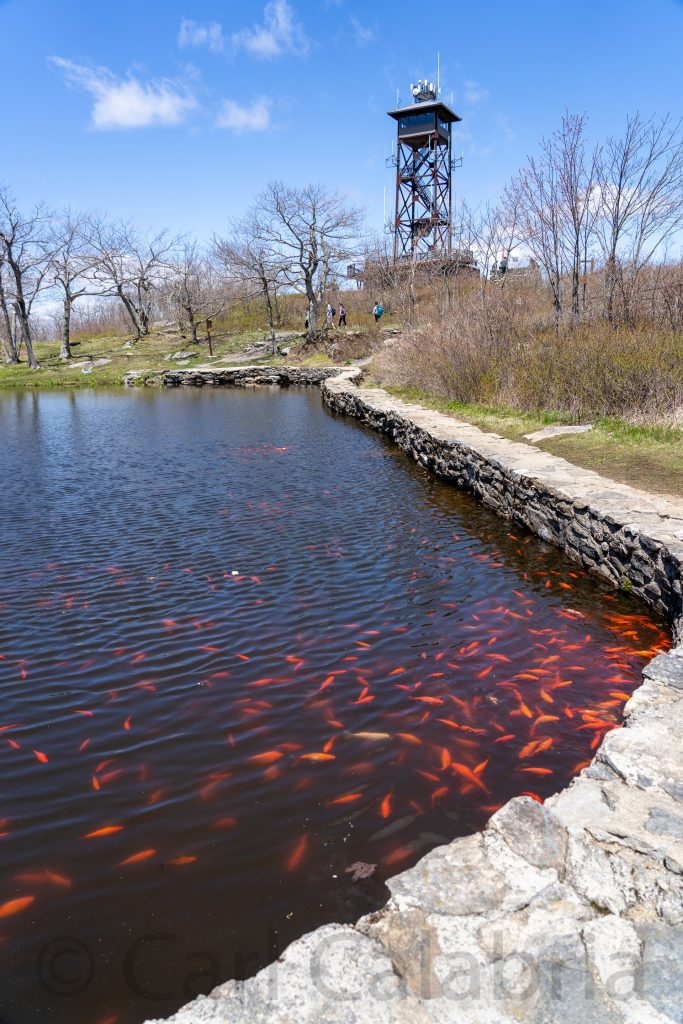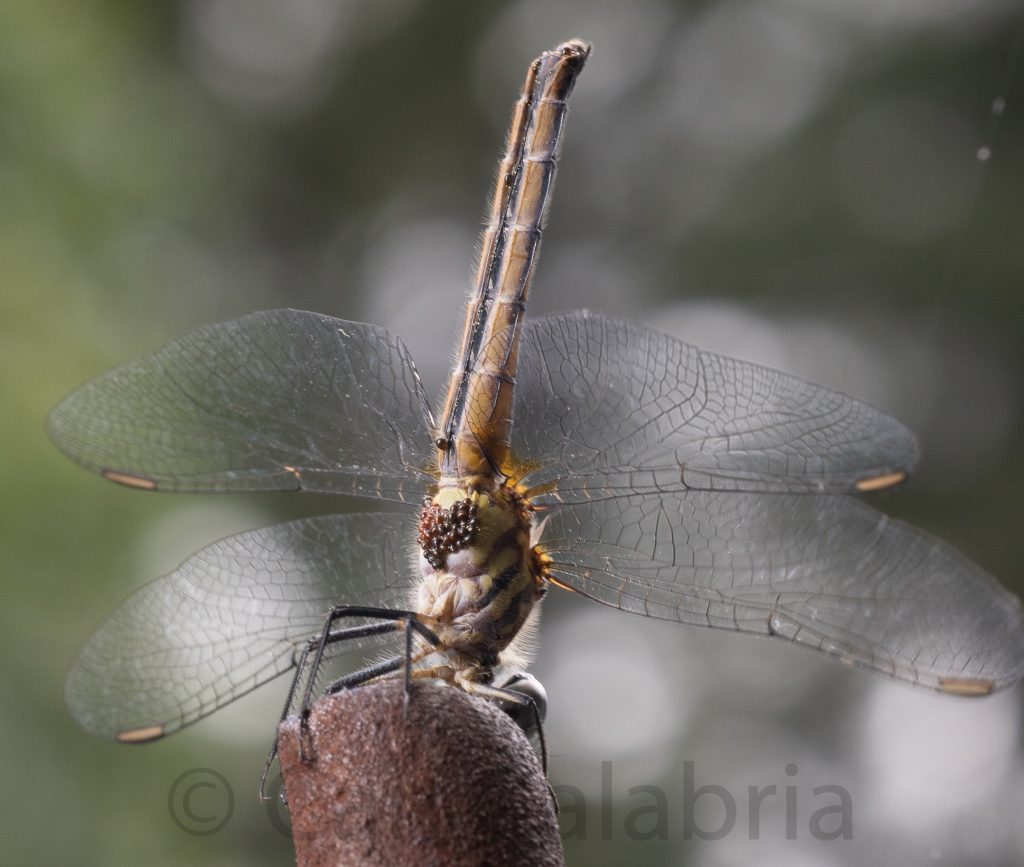
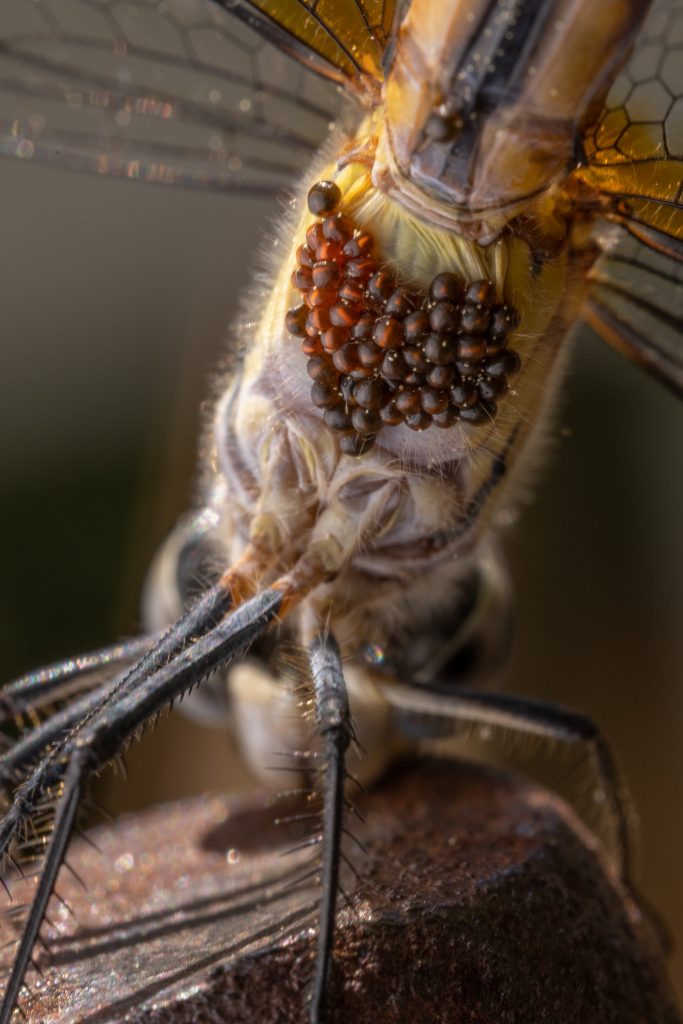
When I originally posted this blog, I thought that the small round objects on this dragonfly’s abdomen were eggs. Not so. Jeanine reached out to a friend who directed us to a blog by Kent MacFarland at the Vermont Center for Ecostudies whose description I have included below.
I really don’t like weeding. So it was with great pleasure when just moments into the task I spotted a dragonfly acting strangely on a nearby plant. What immediately caught my eye was a pile of tiny, red, egg-like sacs all over its thorax. I ran to grab my camera, and at this point, I am sure my wife was rolling her eyes. Anything to get out of weeding. But heck, I was just about to bear witness to phoresy.
Frankly, I didn’t know the term either. But it turns out that those little red sacs weren’t eggs at all, but rather larvae of water mites hitching a ride on the dragonfly. Ecologists call it phoresy, the process of using another organism to move about.
Arrenurus water mite adults are a mere three millimeters long and usually brown or greenish so you wouldn’t notice them in the water unless you were really looking for them. They mate in spring, and the female lays up to 400 red eggs on underwater objects, one egg at a time.
The six-legged larvae hatch in one to six weeks, depending on water temperature, and they immediately swim around looking for an insect larva. When they find a mosquito, stonefly, damselfly, or a dragonfly larva that is in its late stages of growth, they grab onto it, waiting until the larva goes airborne.
As the dragonfly larva crawls out of the water and sheds its exoskeleton, the mites jump off the cast shell and onto the dragonfly. Now they are not only hitchhiking, but they also become parasites. They form a tube that pierces the exoskeleton of the dragonfly so that they can feed on the victim’s hemolymph, kind of like blood in an insect’s circulatory system. After the mite grows enough, its exoskeleton becomes like a sac and inside the larva develops into a nymph.
When the nymph is fully developed, it just drops off the host when it is over water. Now, like all arachnids, it has eight legs and looks similar to an adult water mite. They eat the same foods as adults too – tiny insects, worms, and even other mites. After they eat and grow, if they avoid being eaten themselves, they find an object to attach to and form another sac to develop into an adult.
